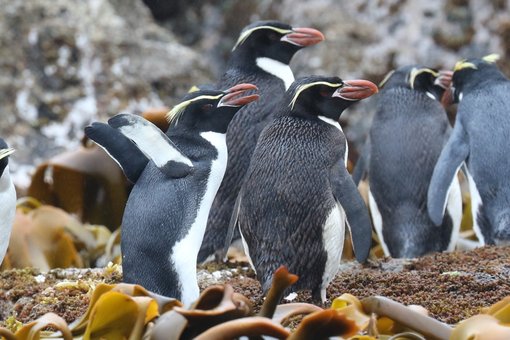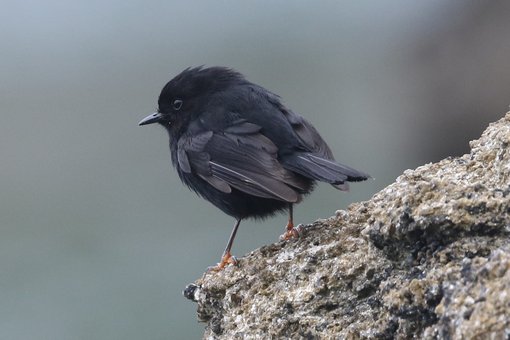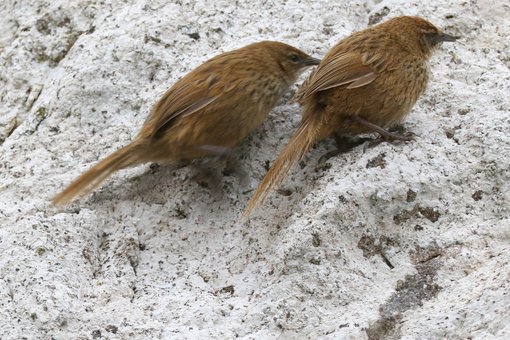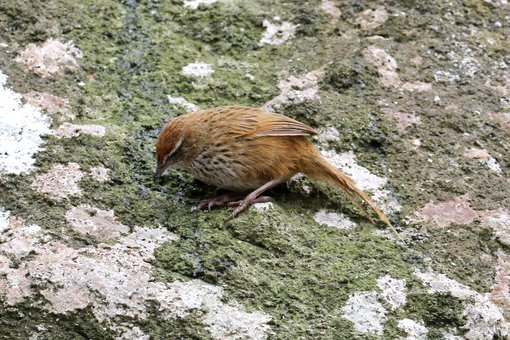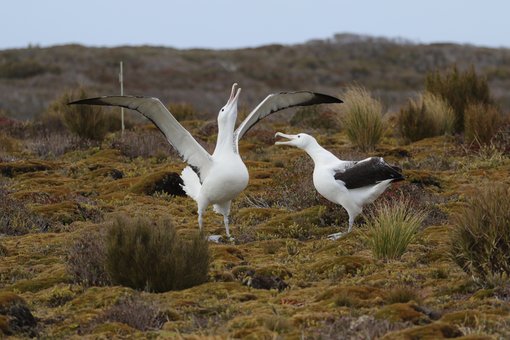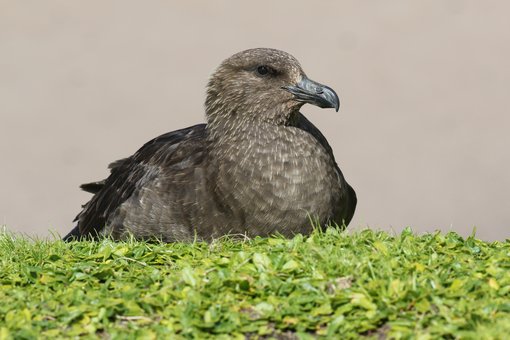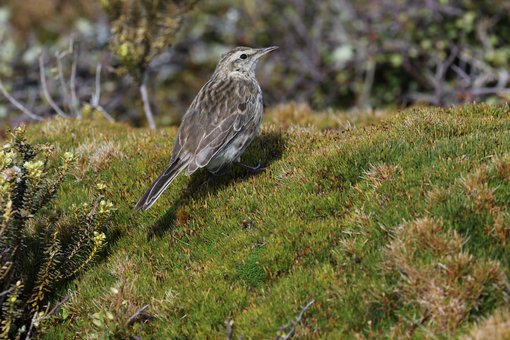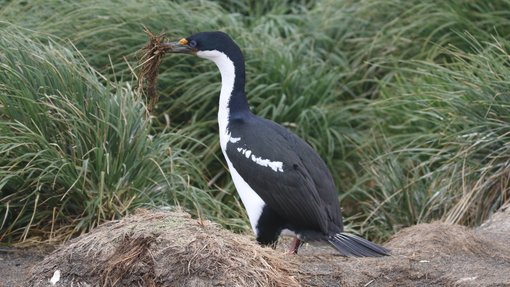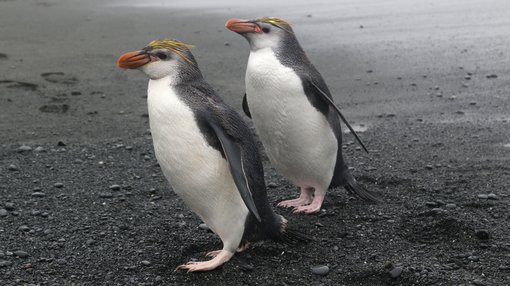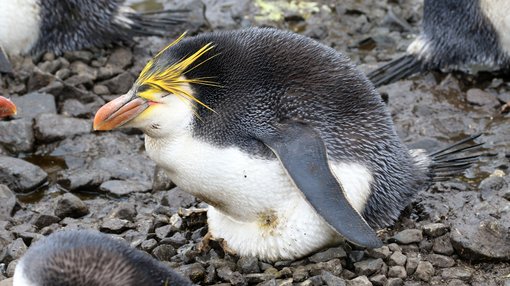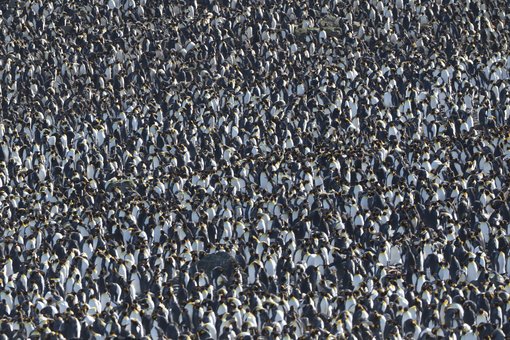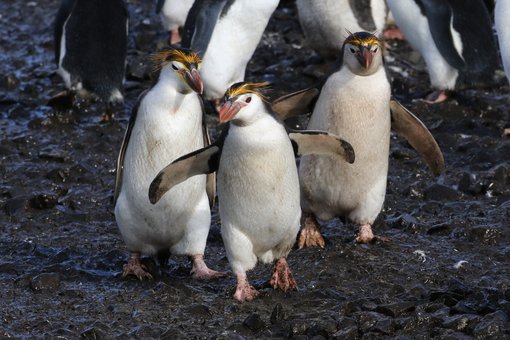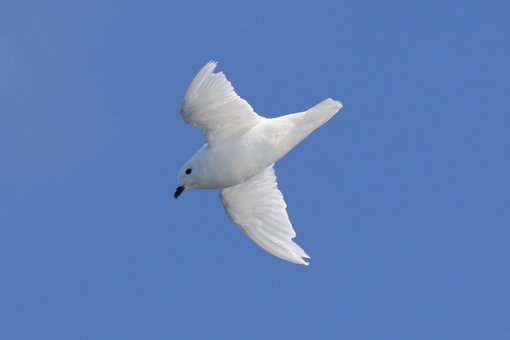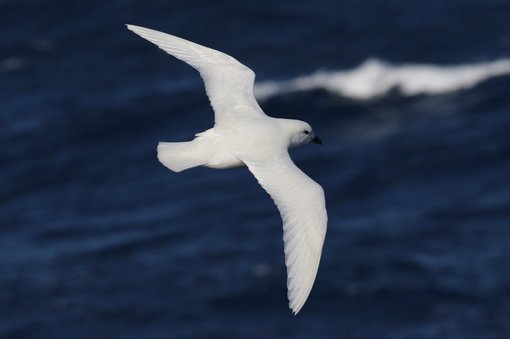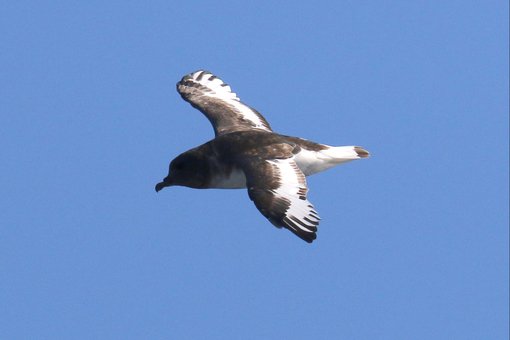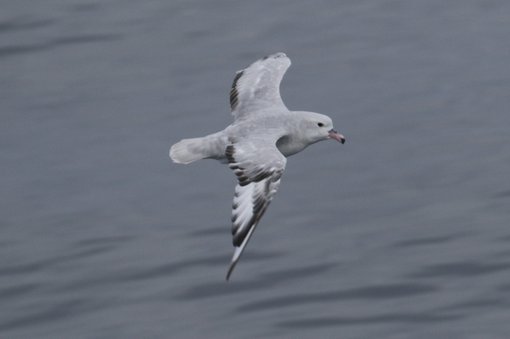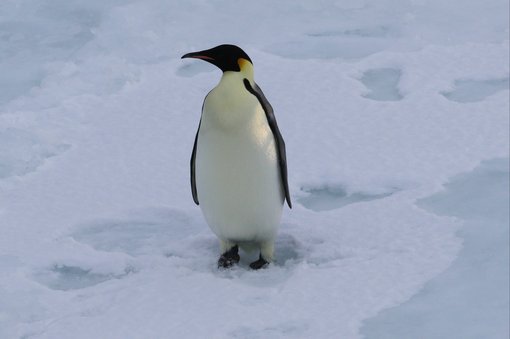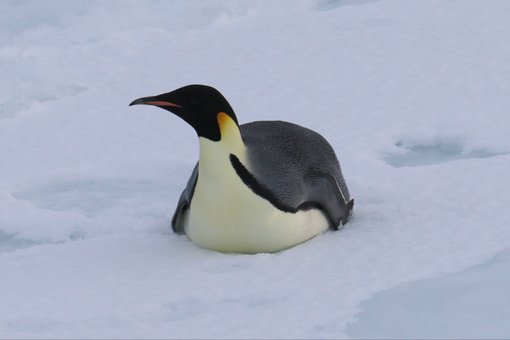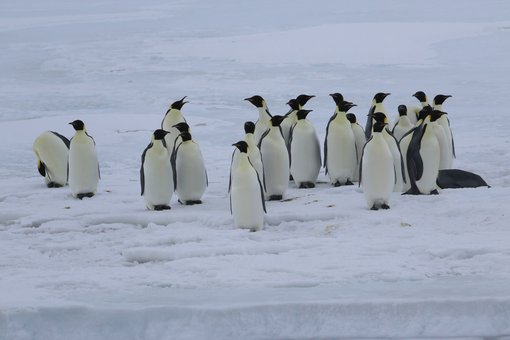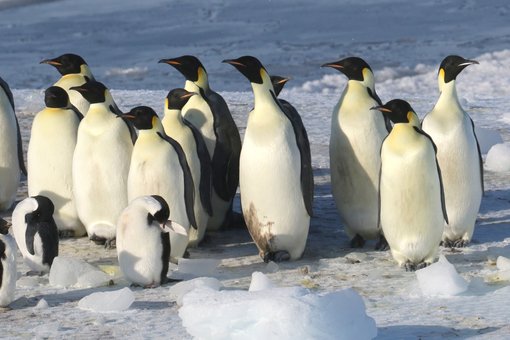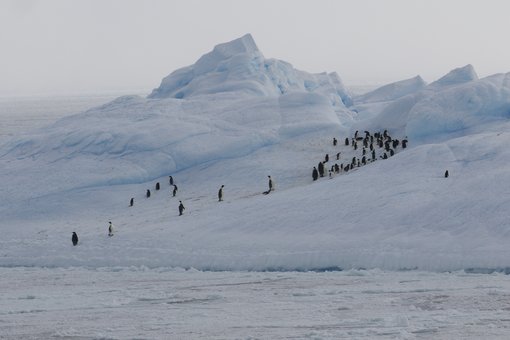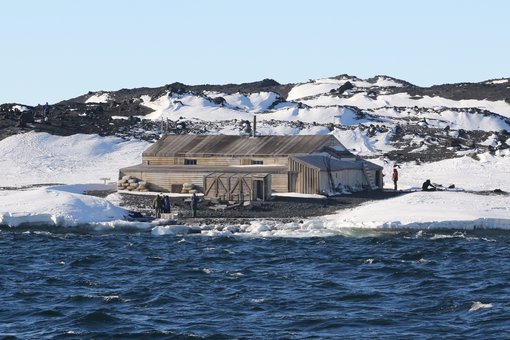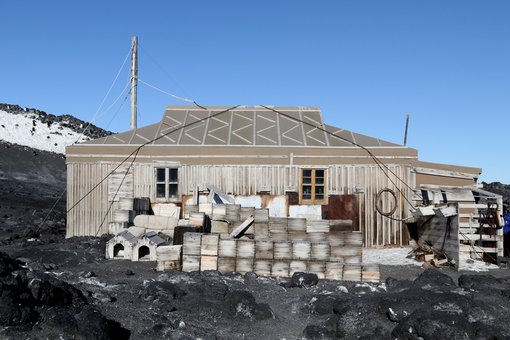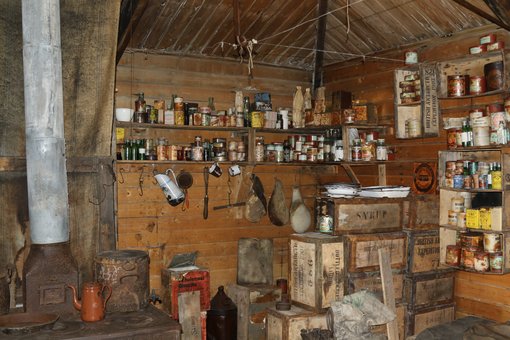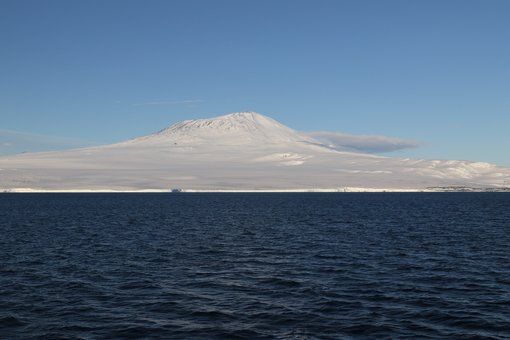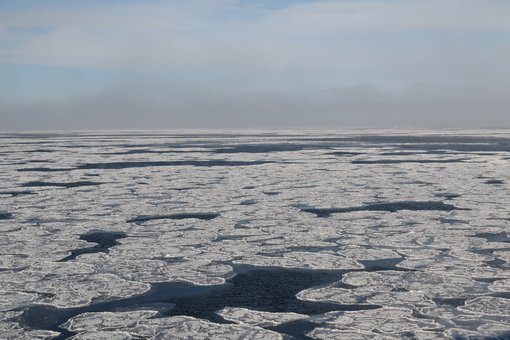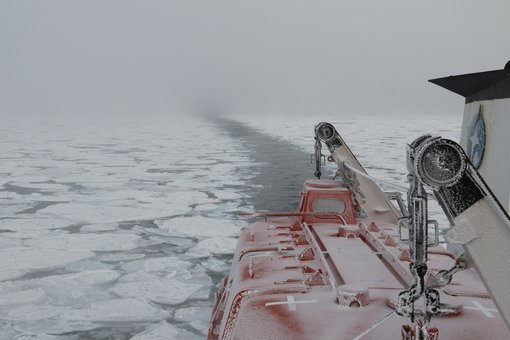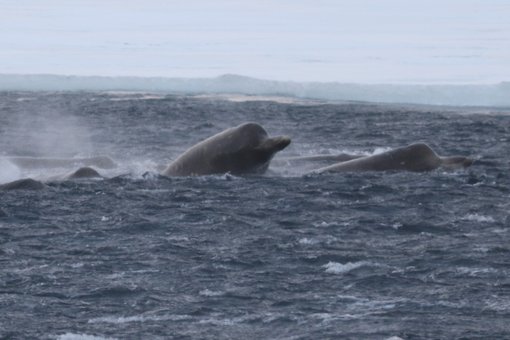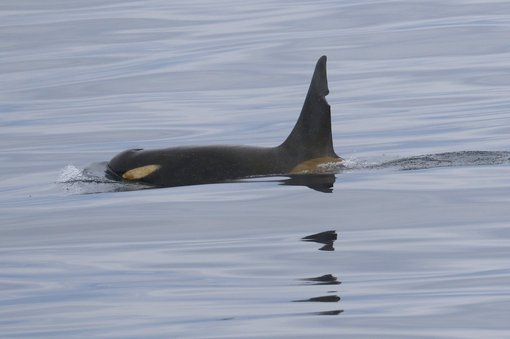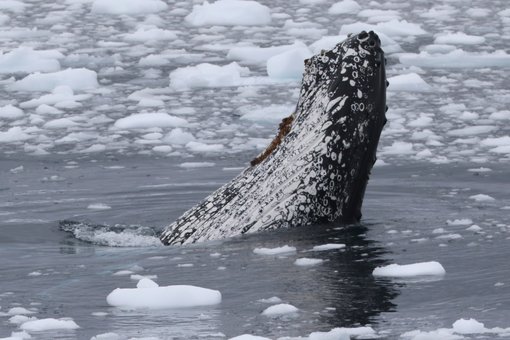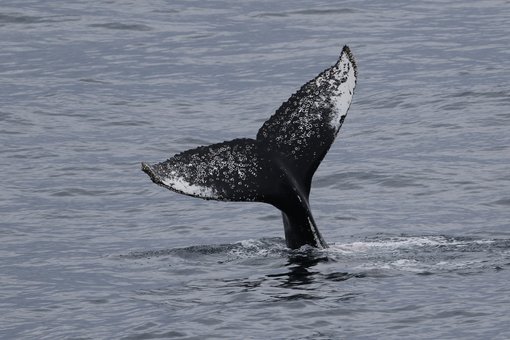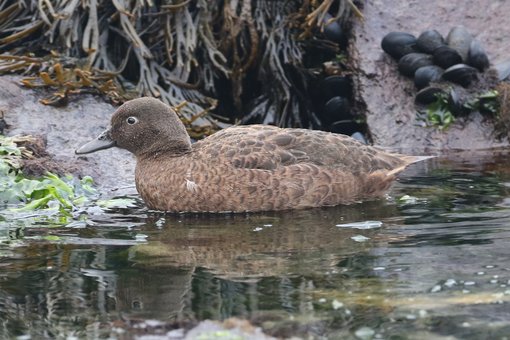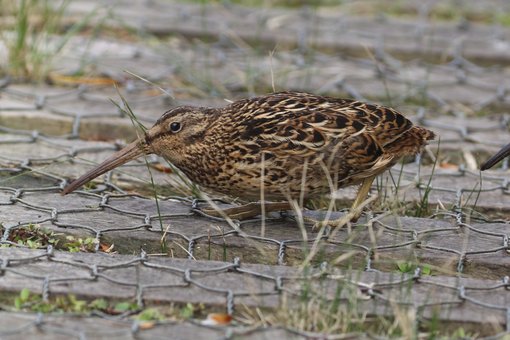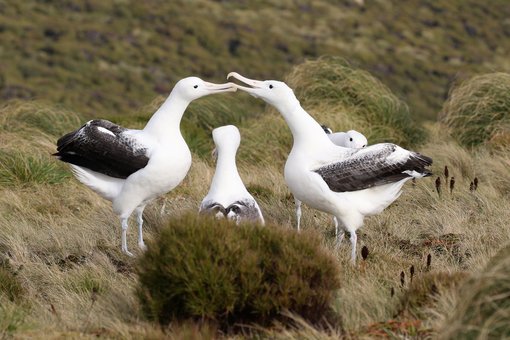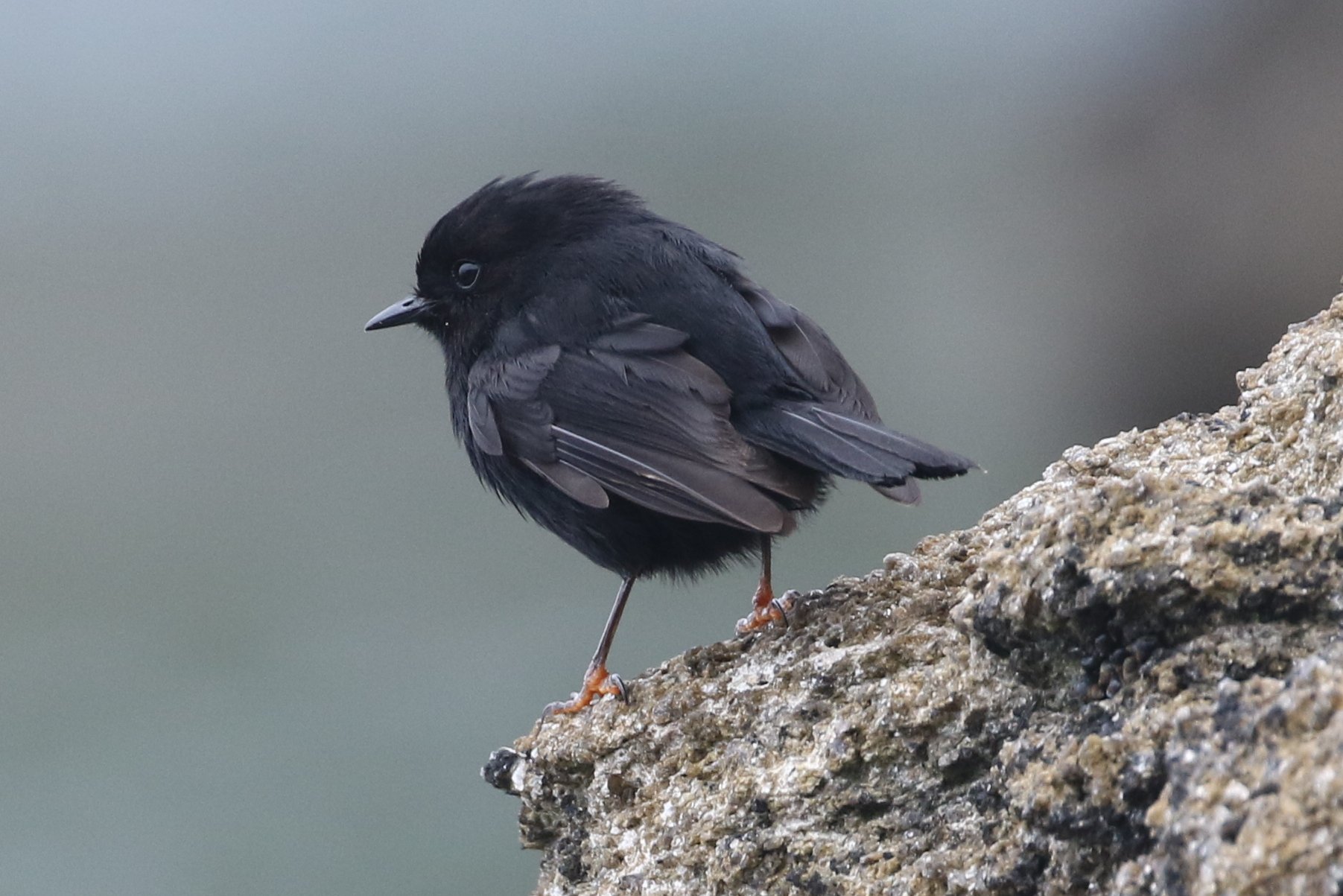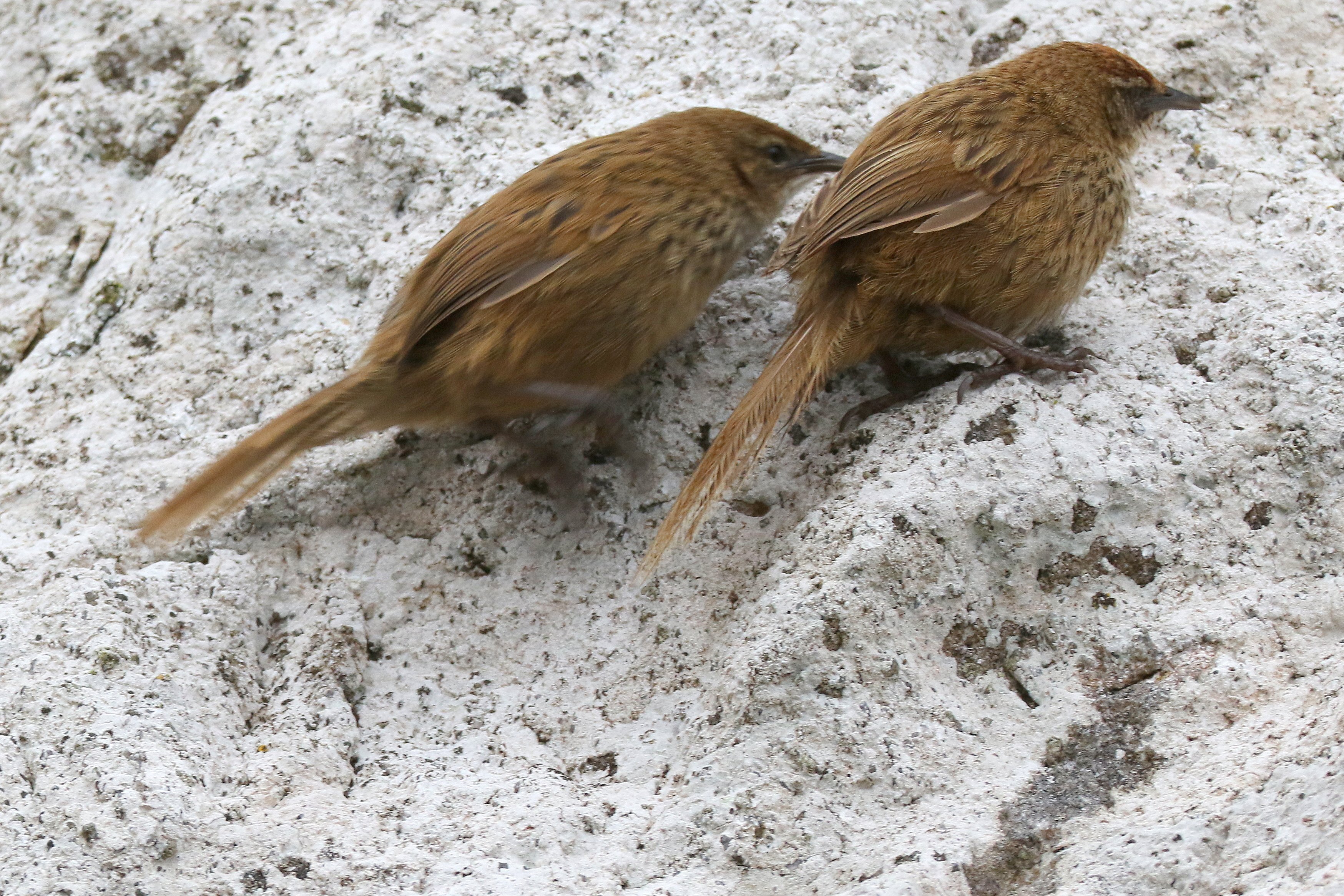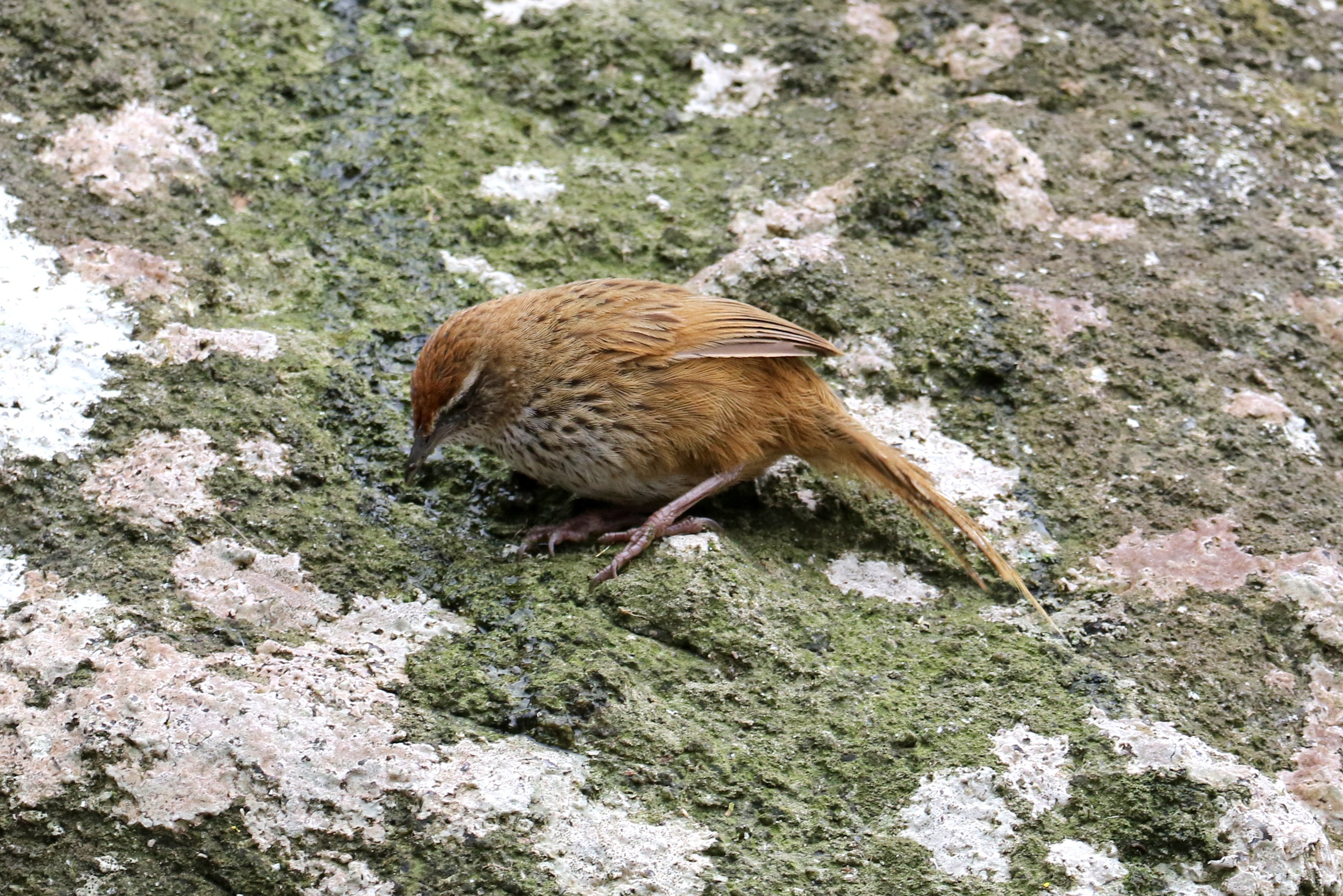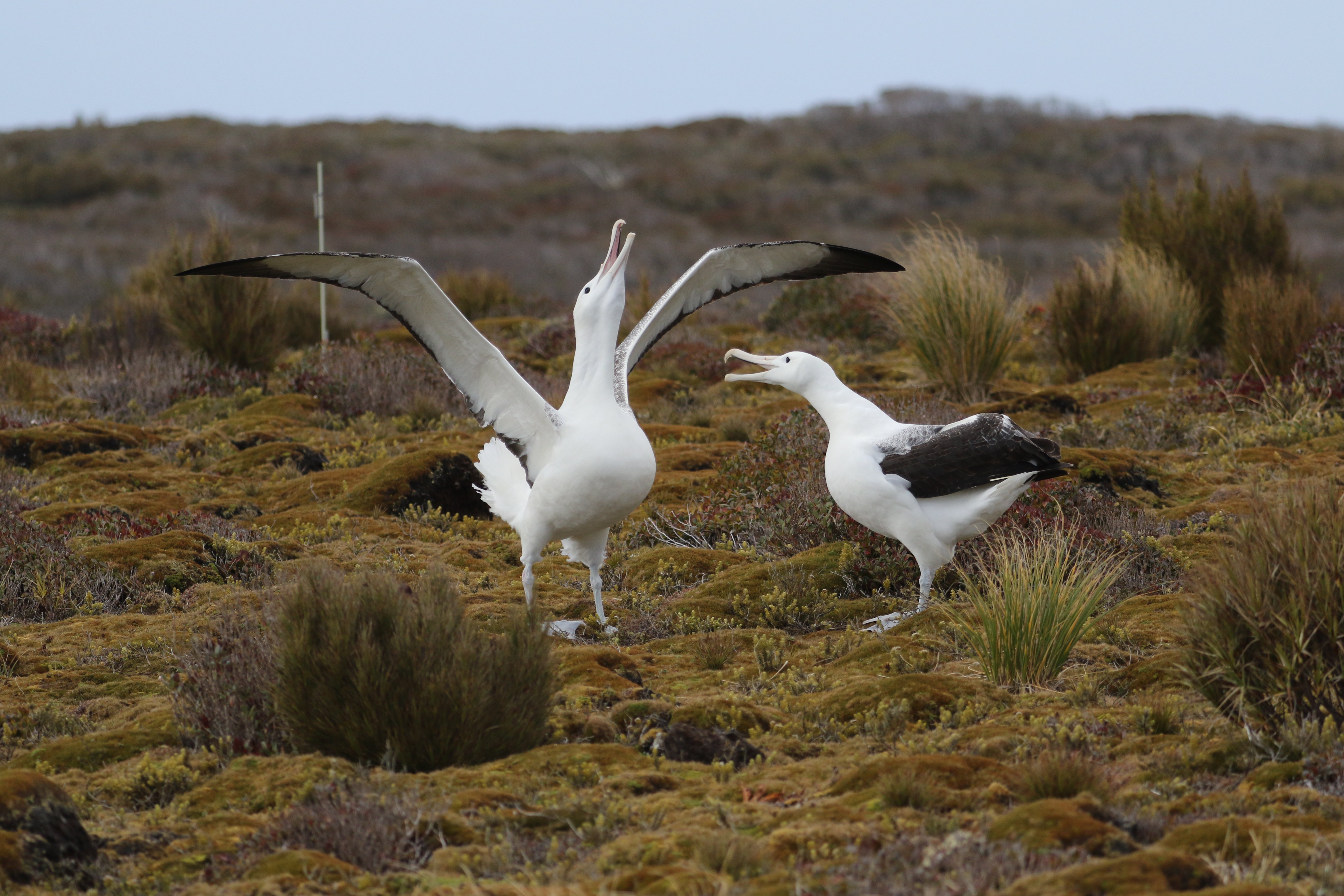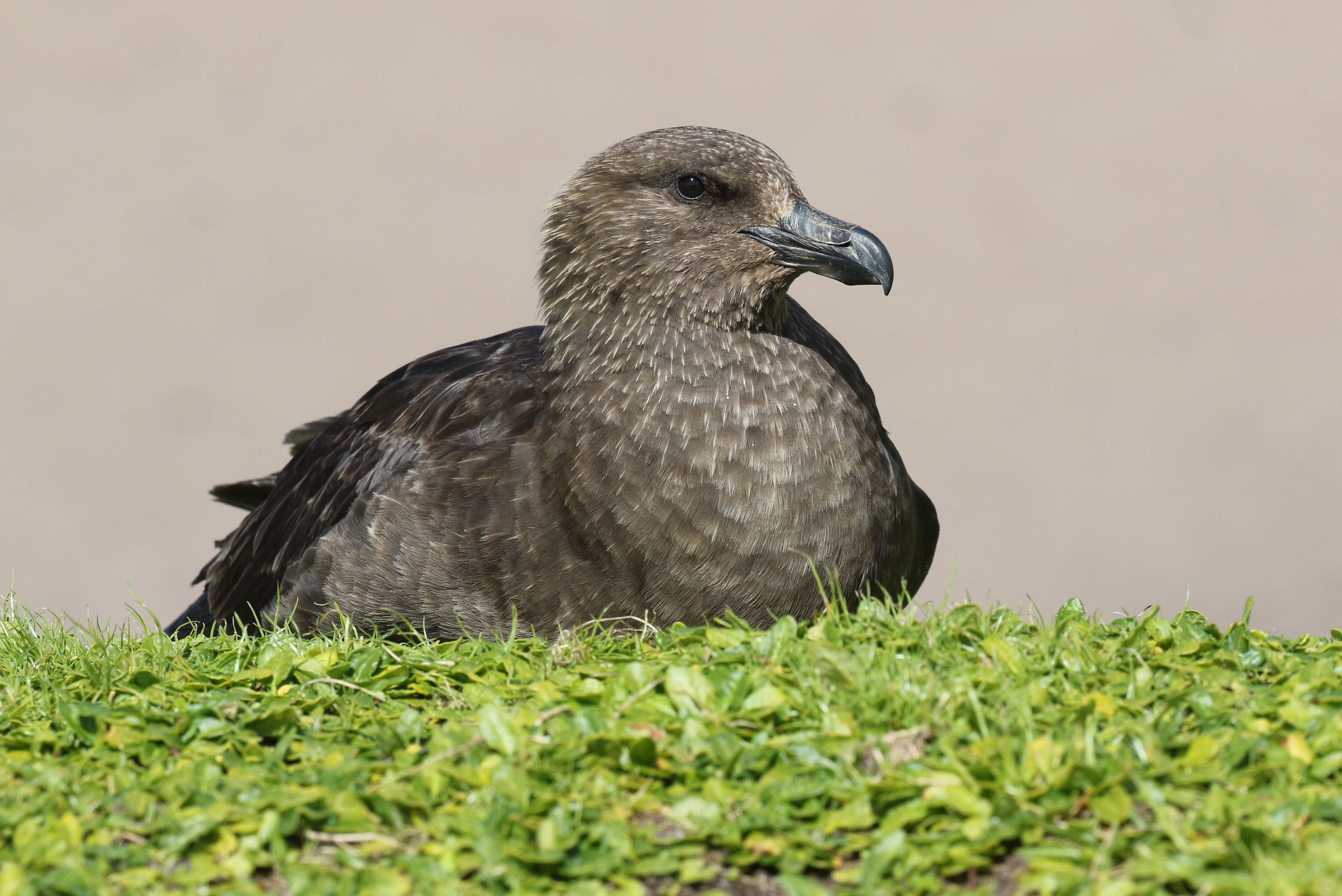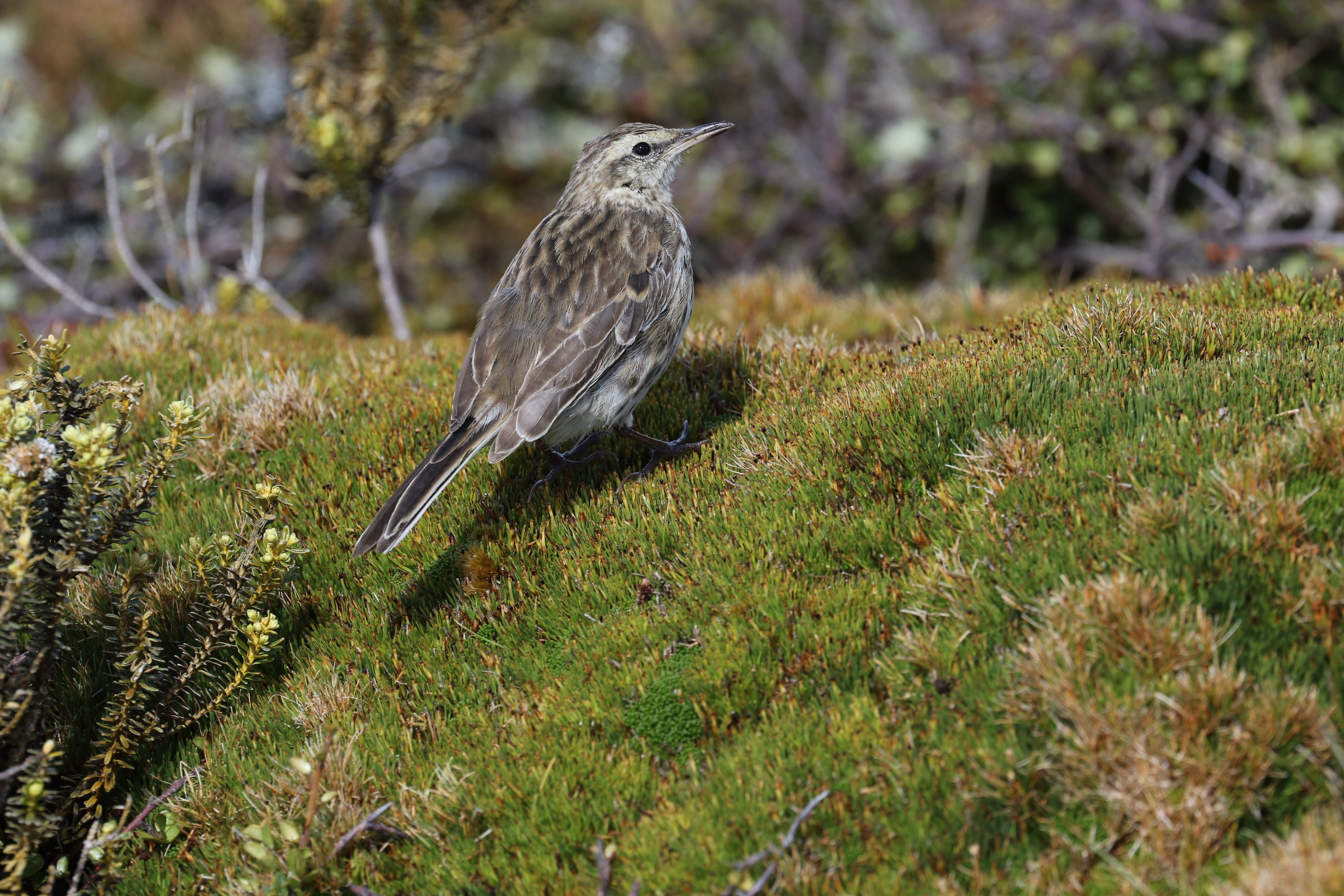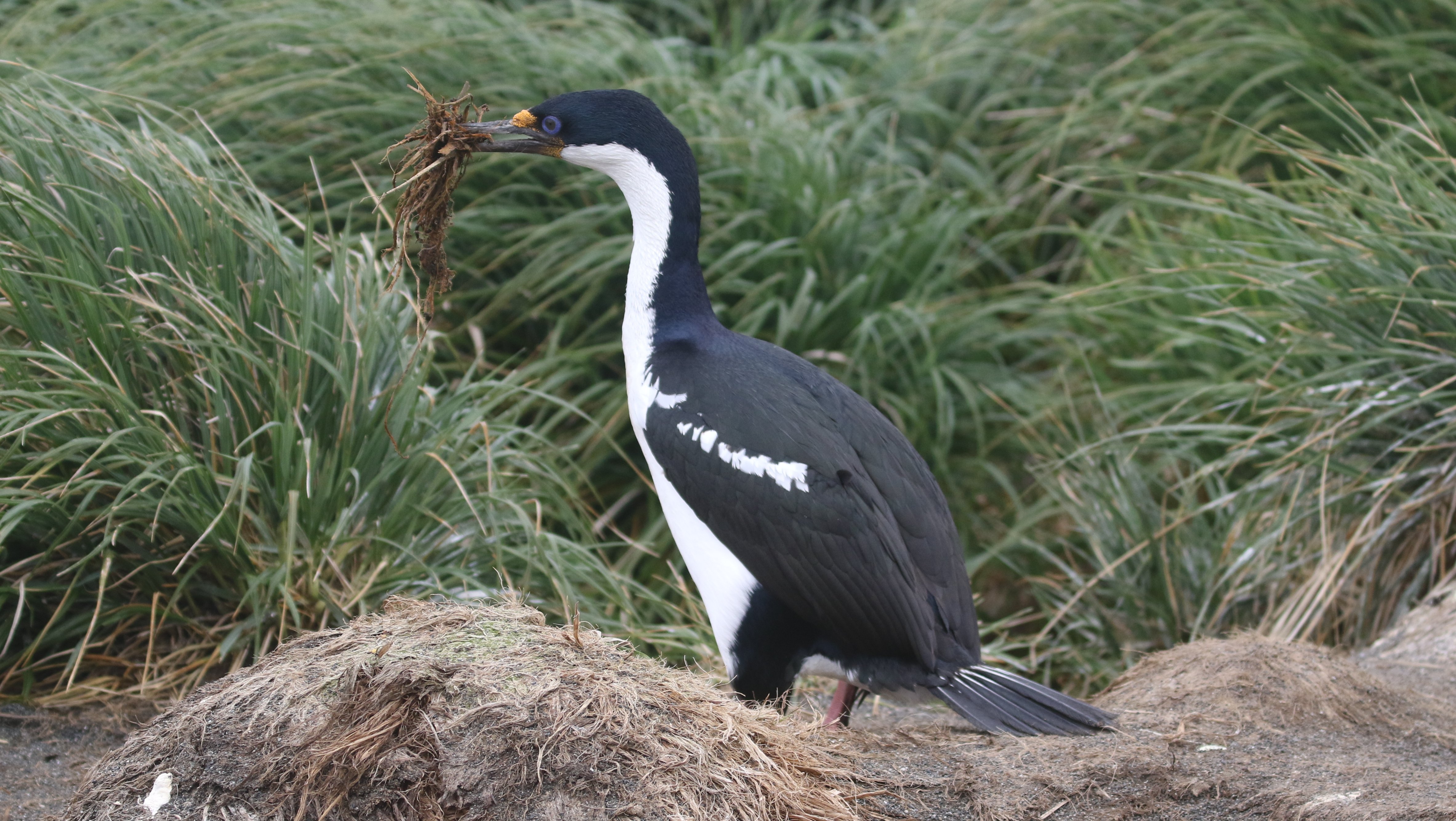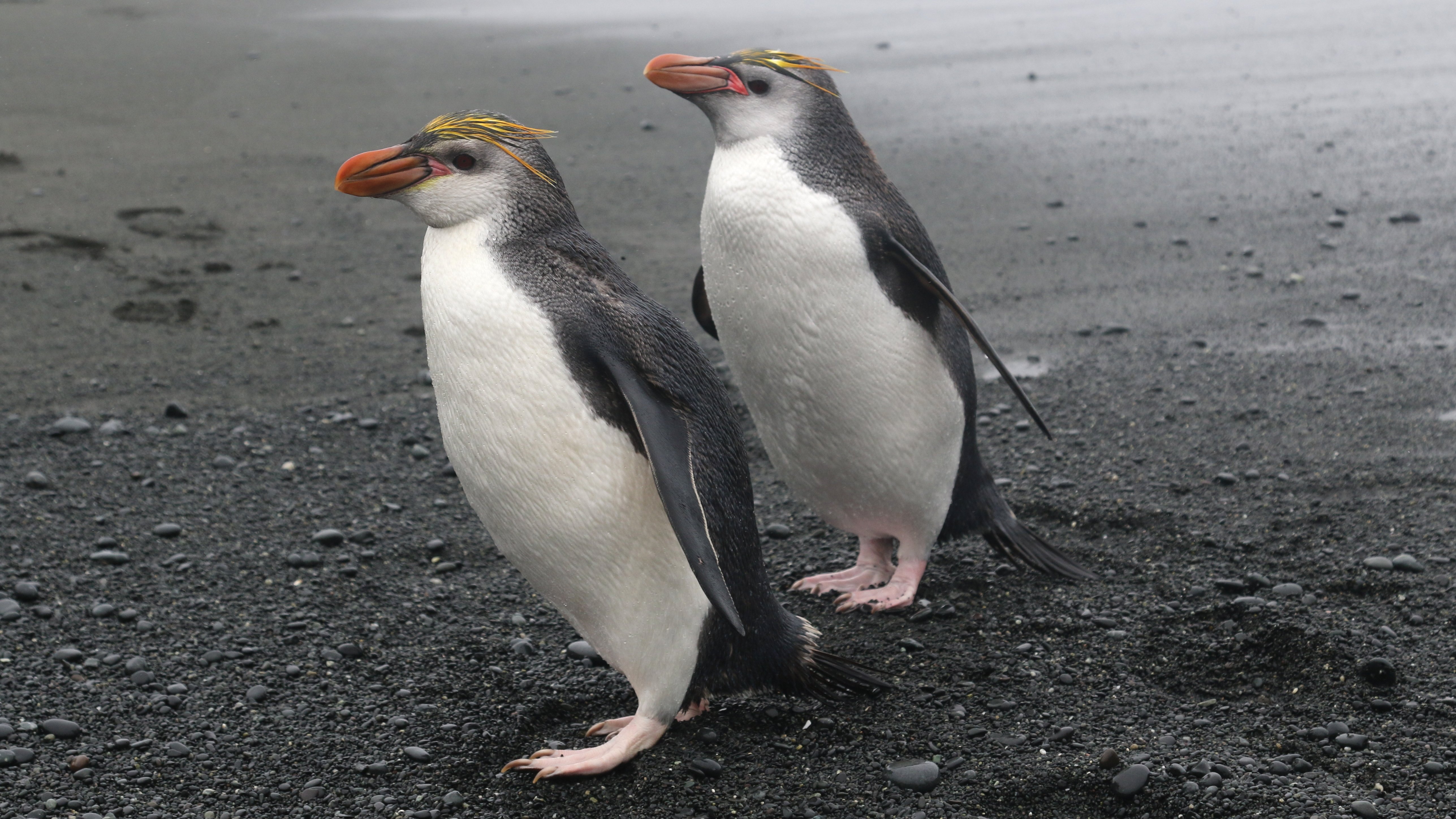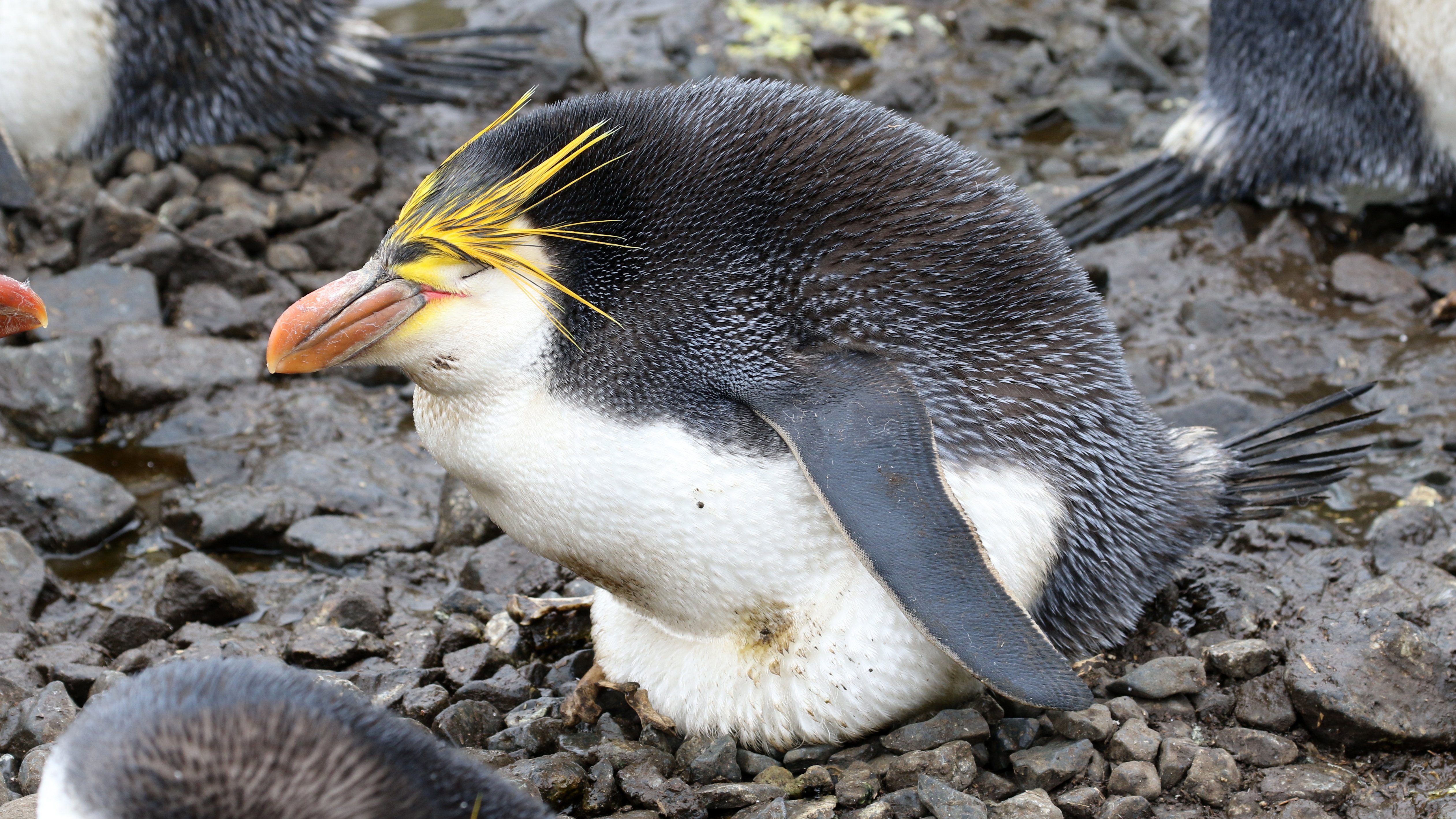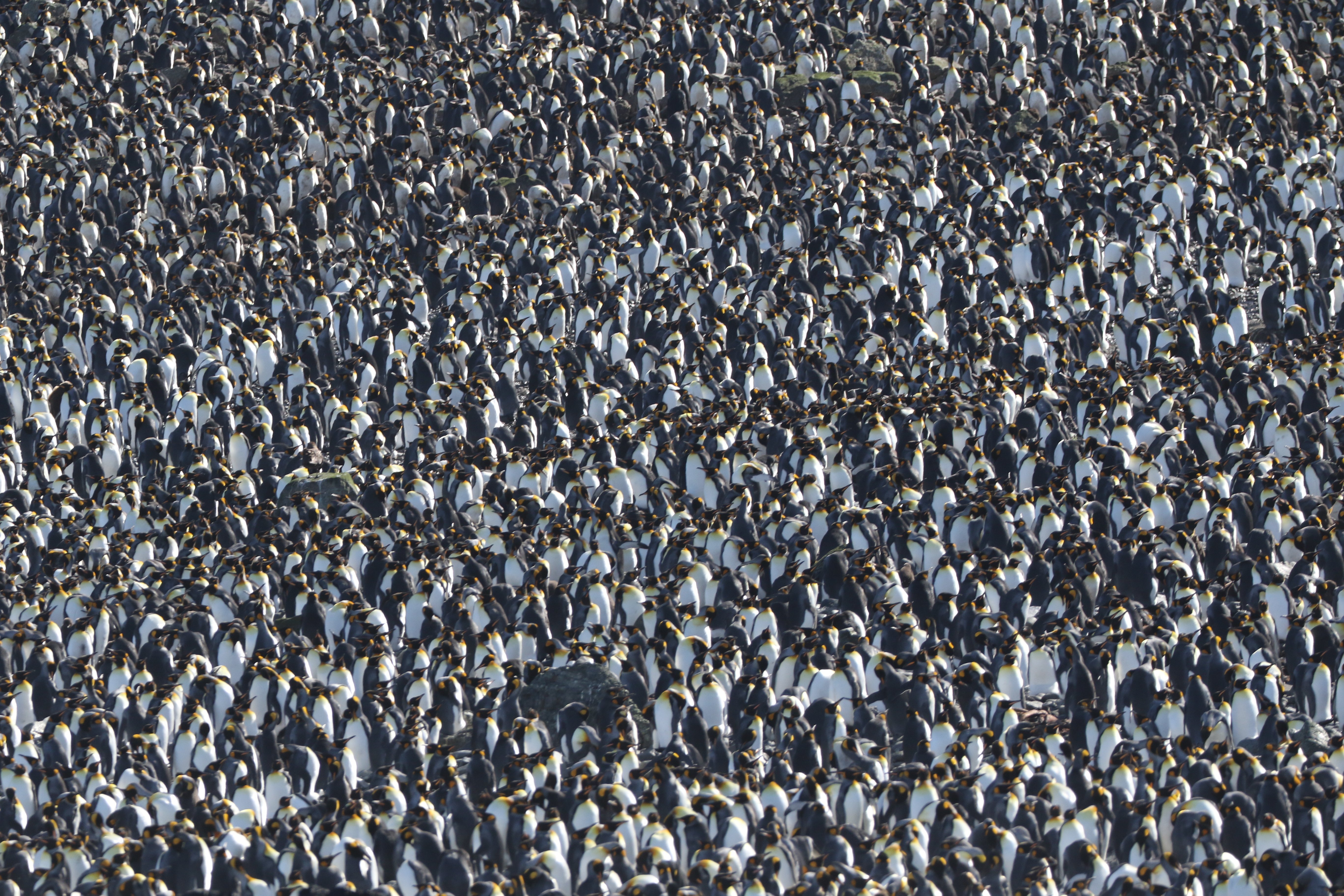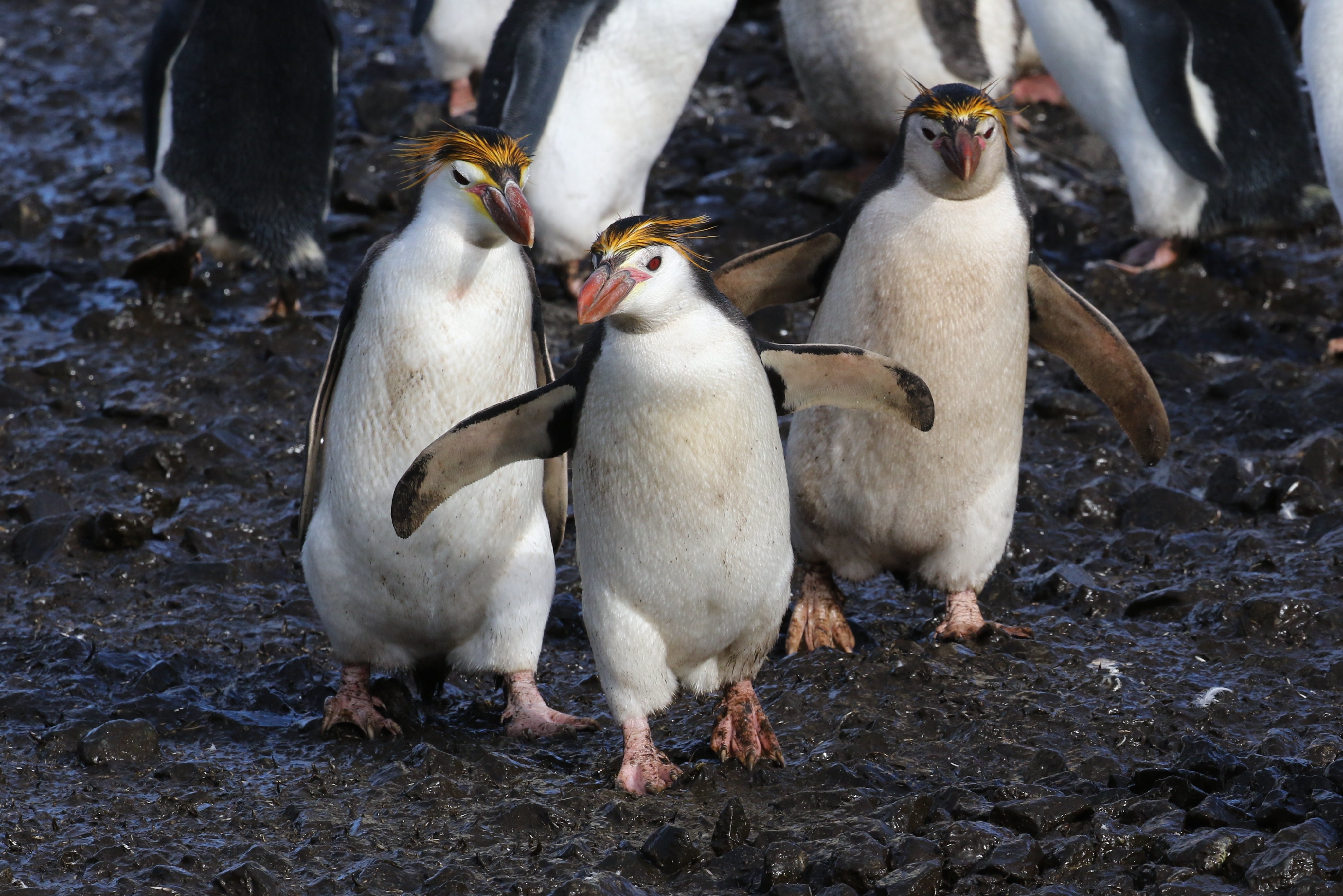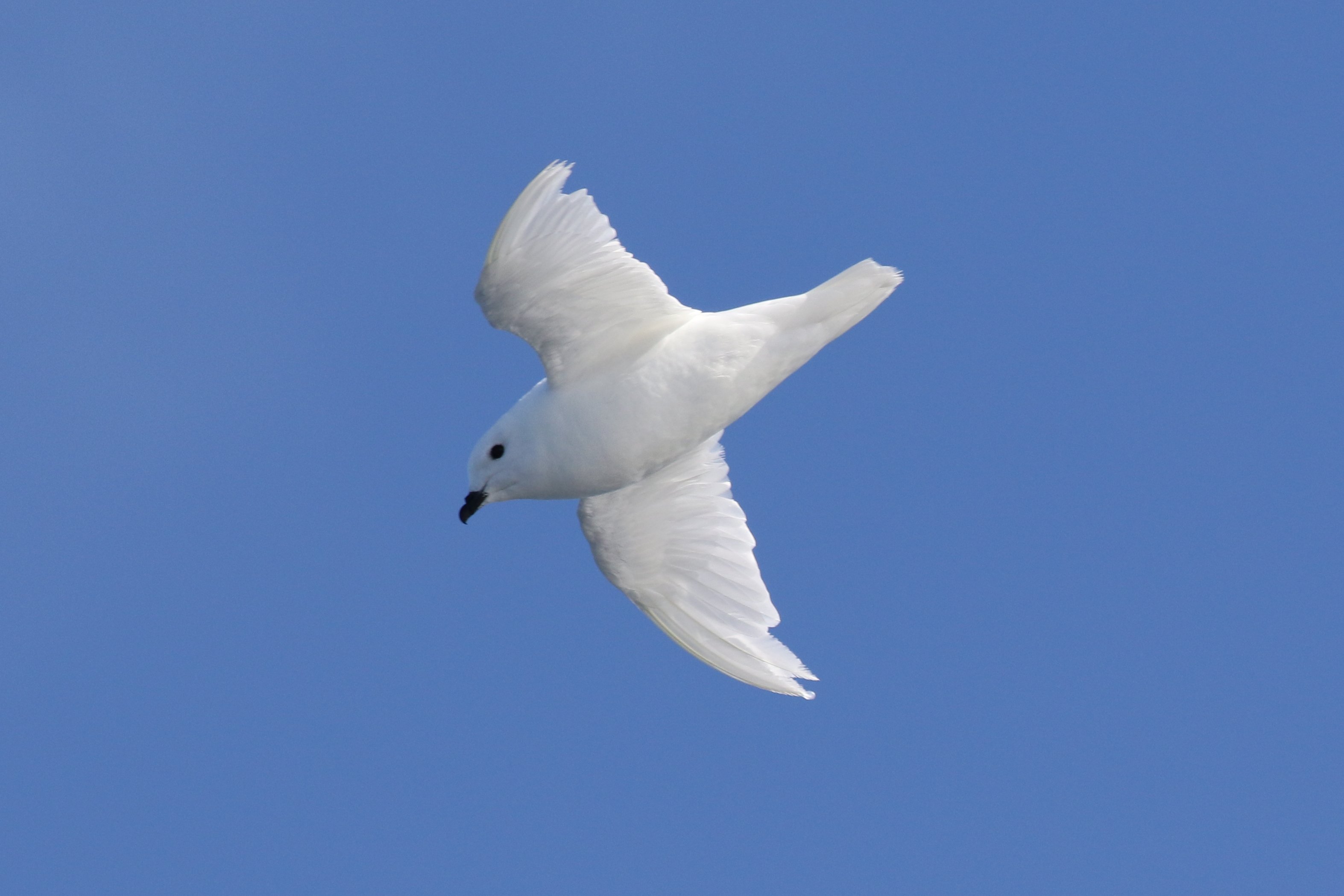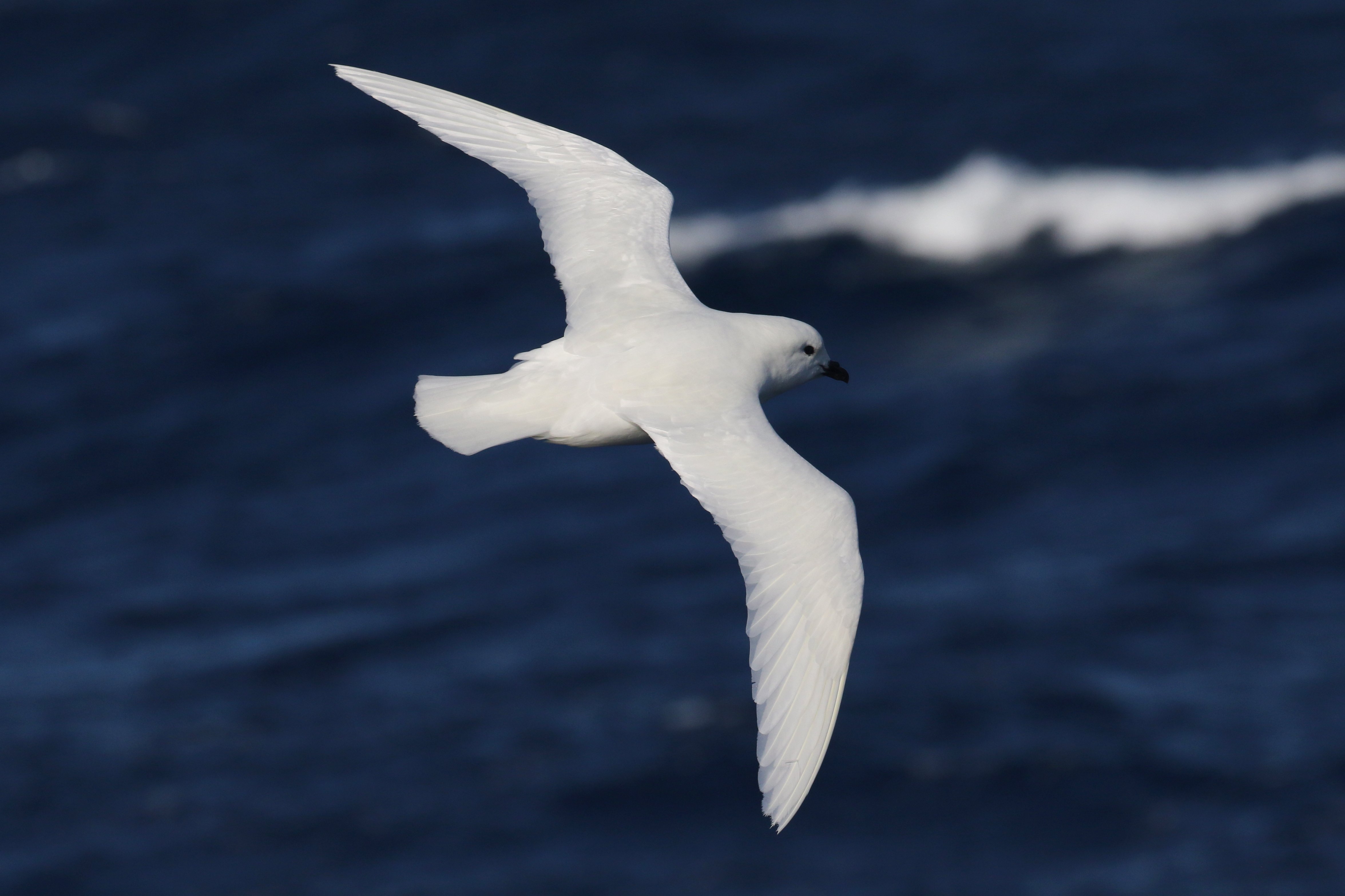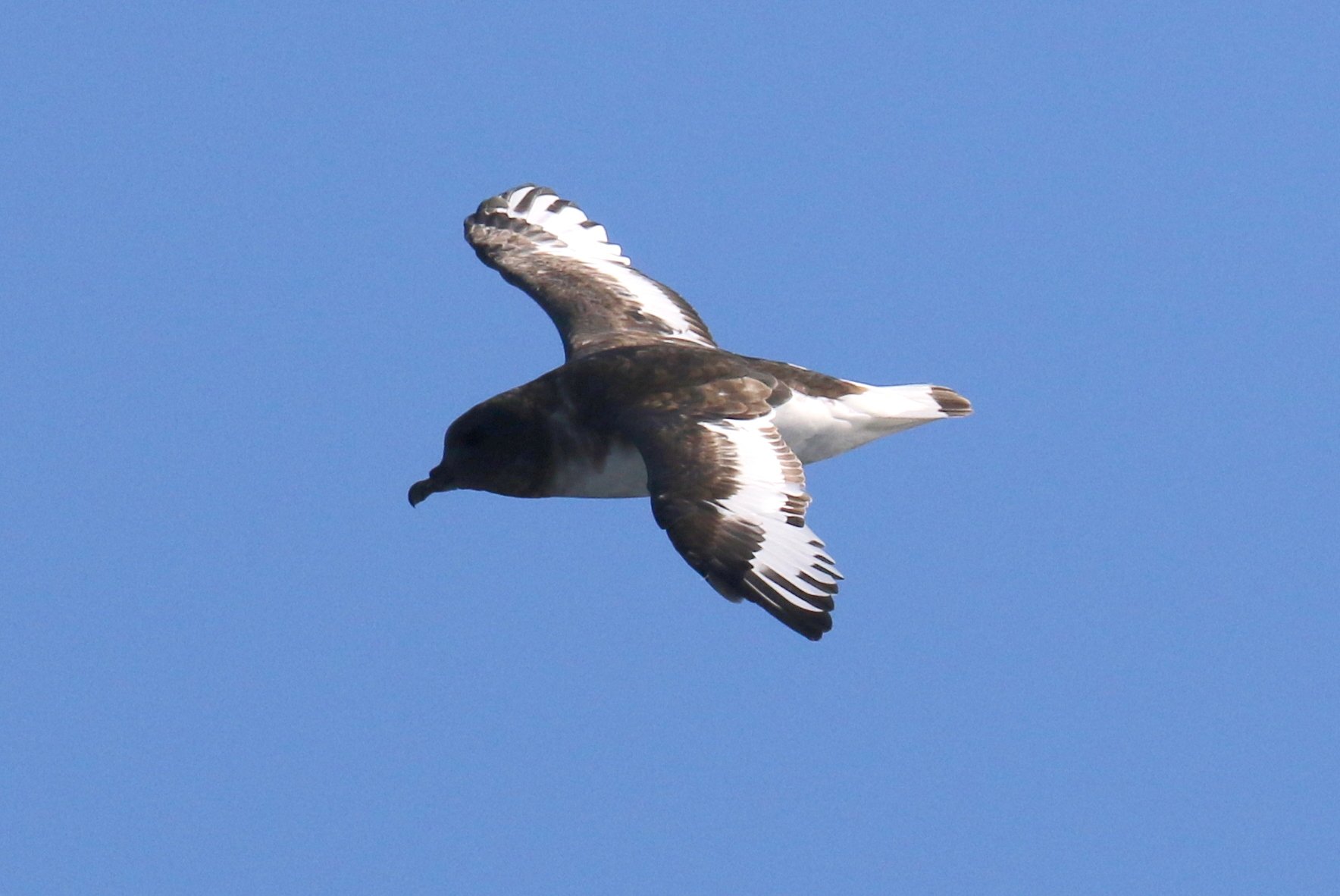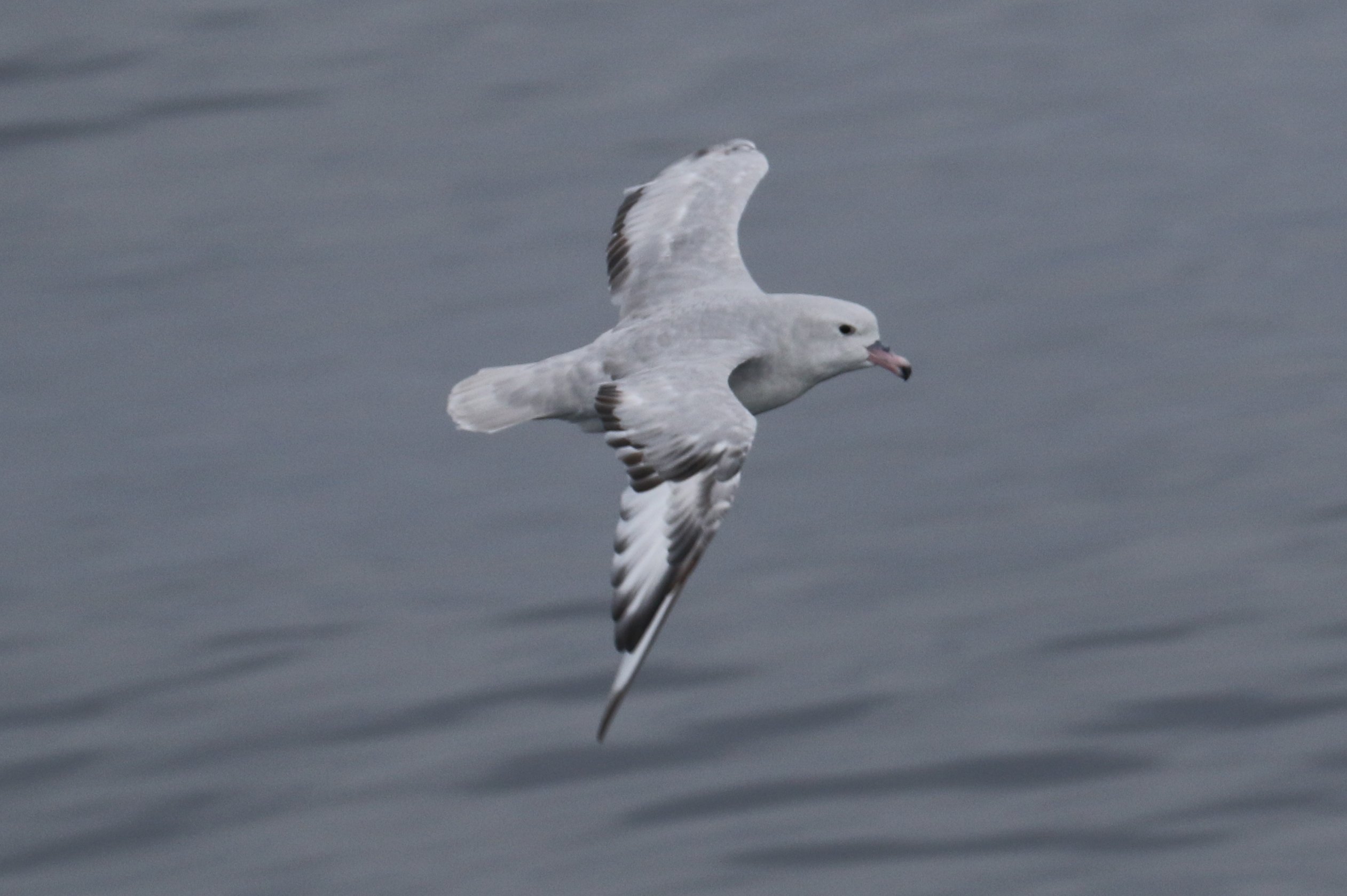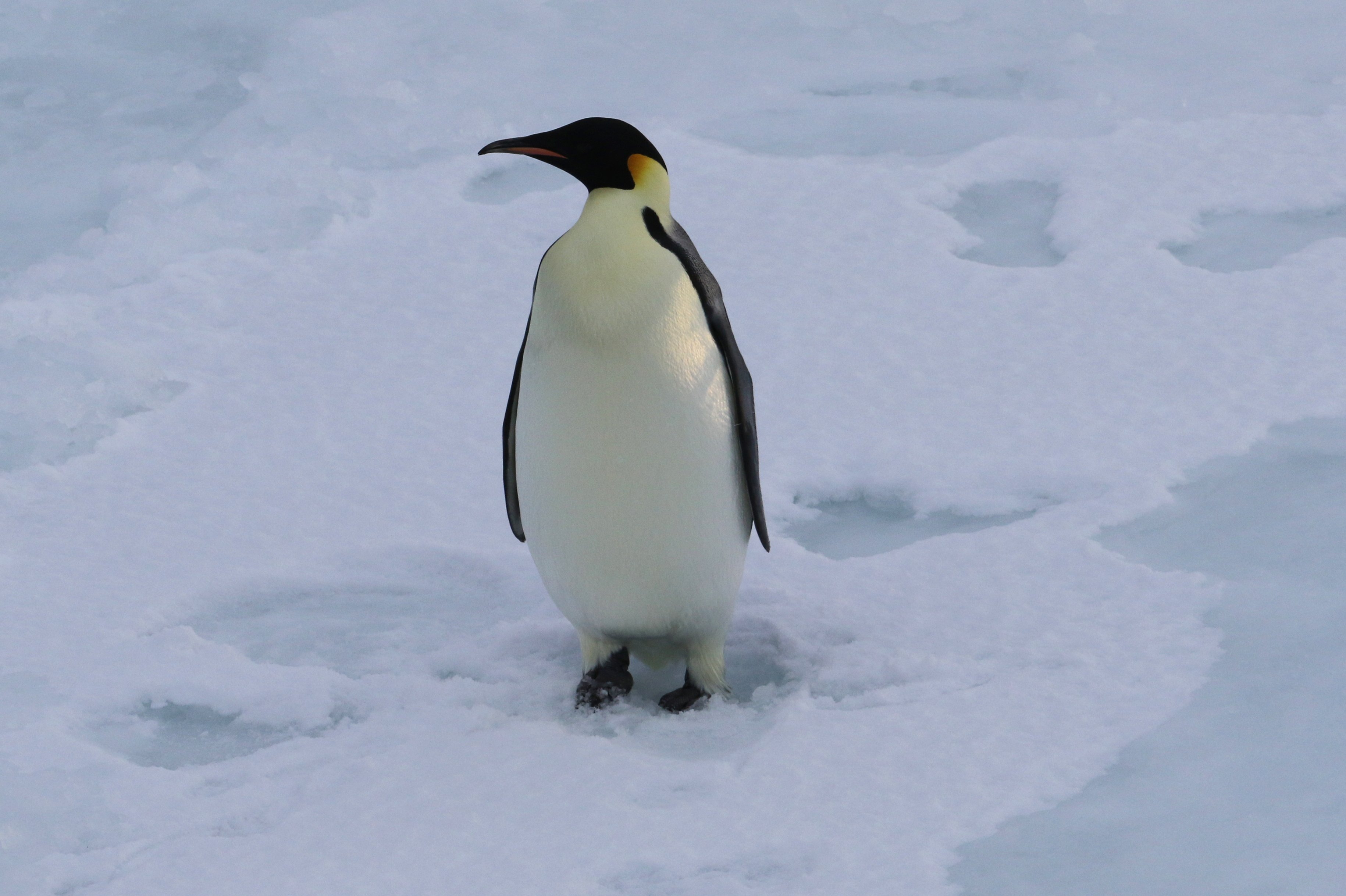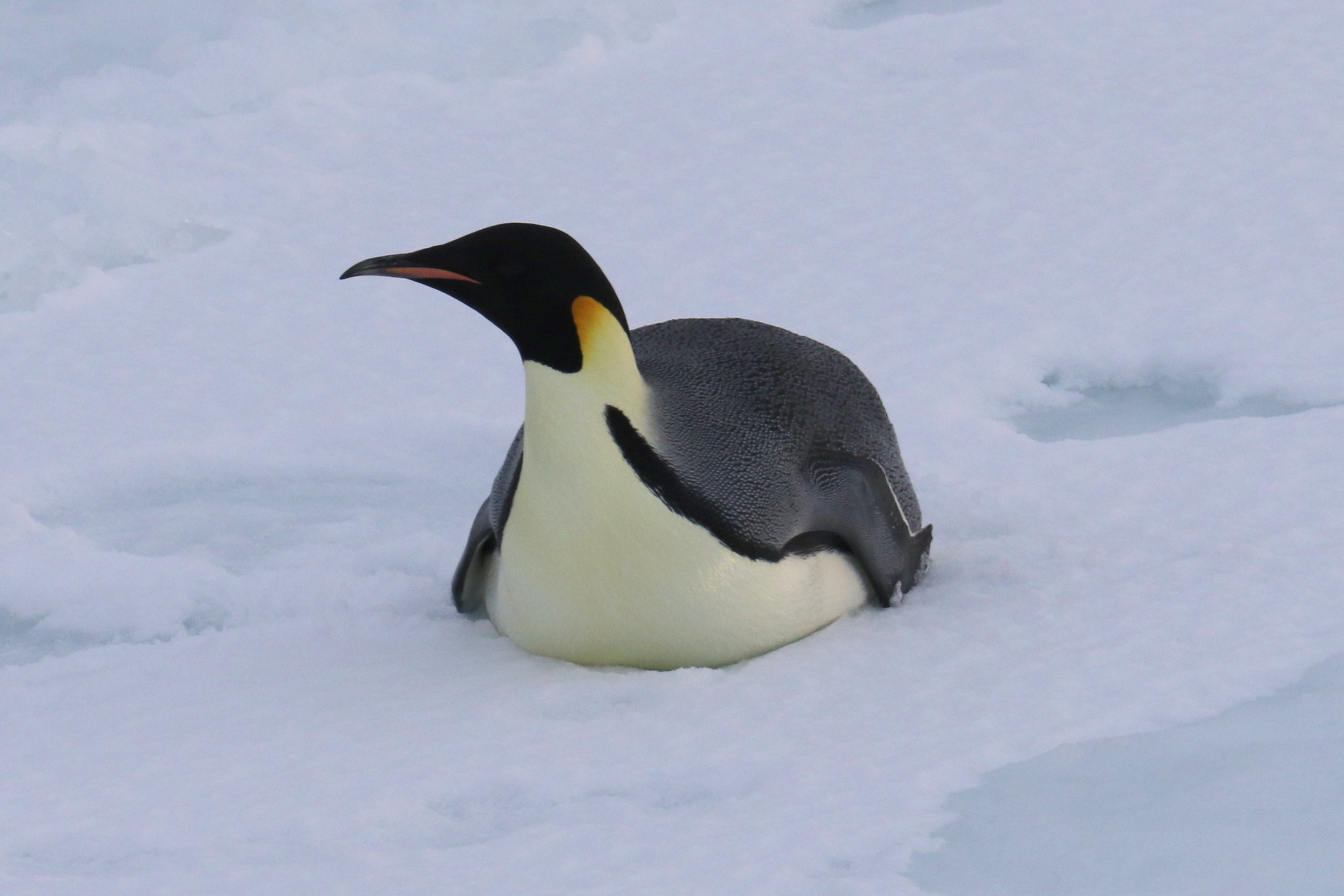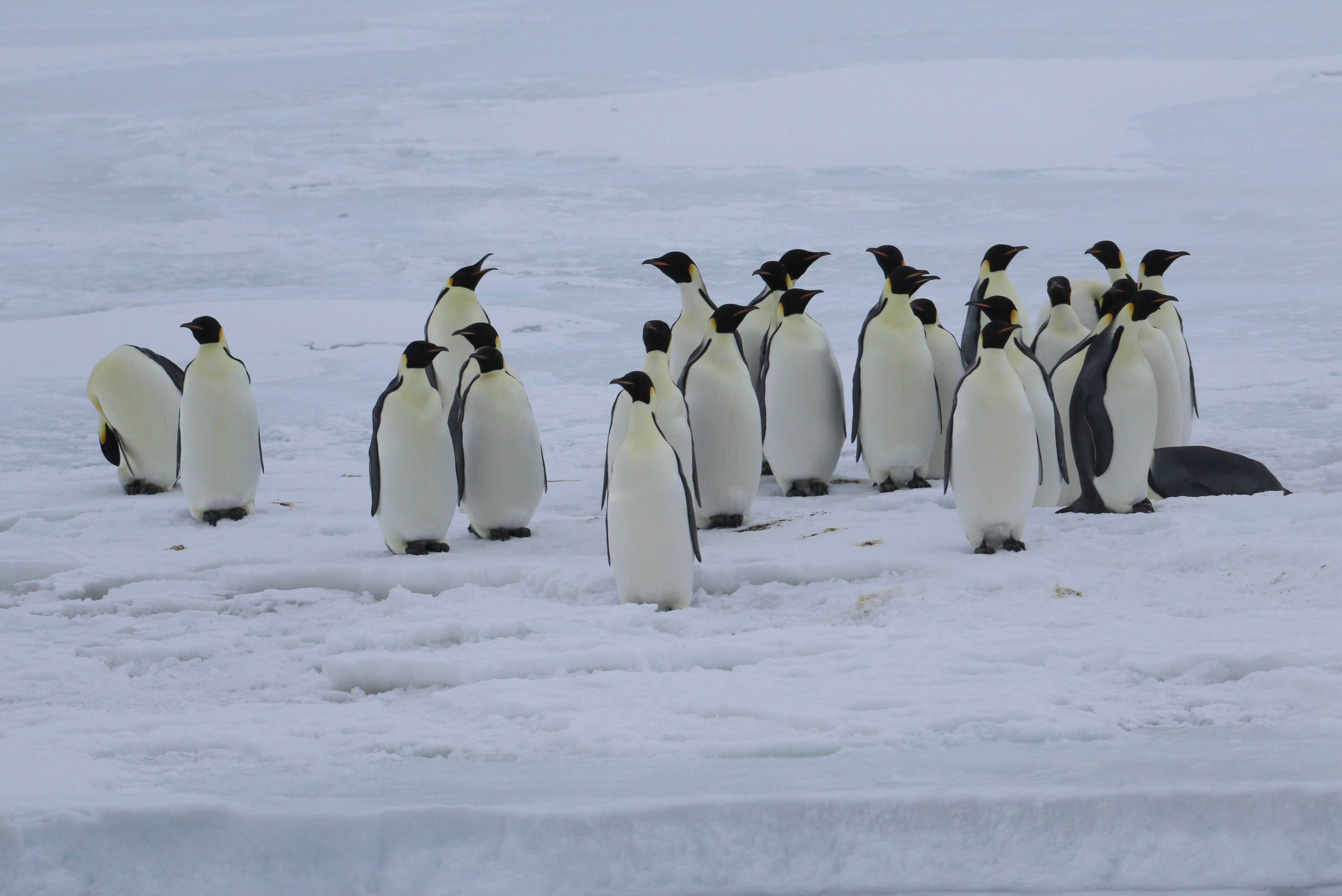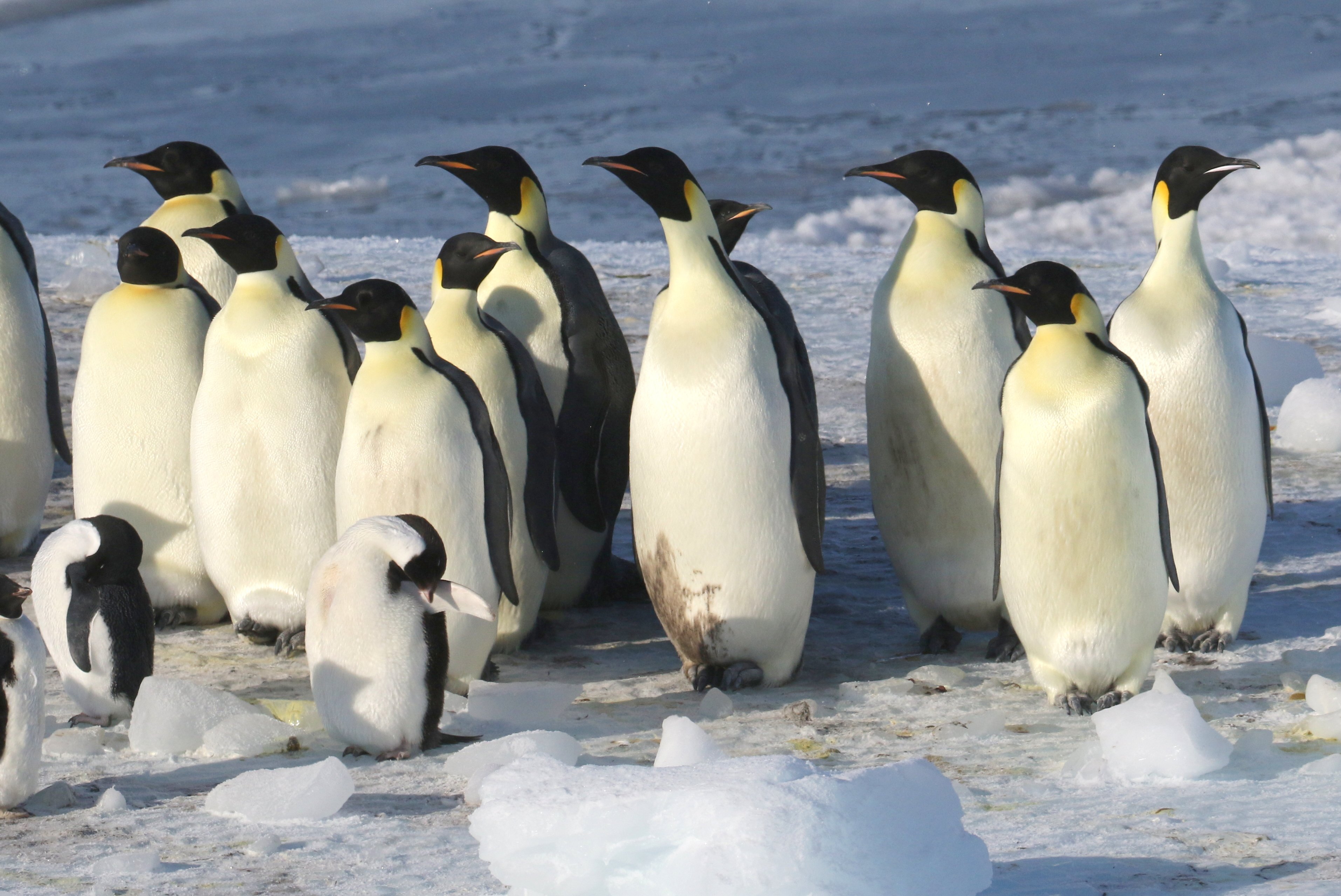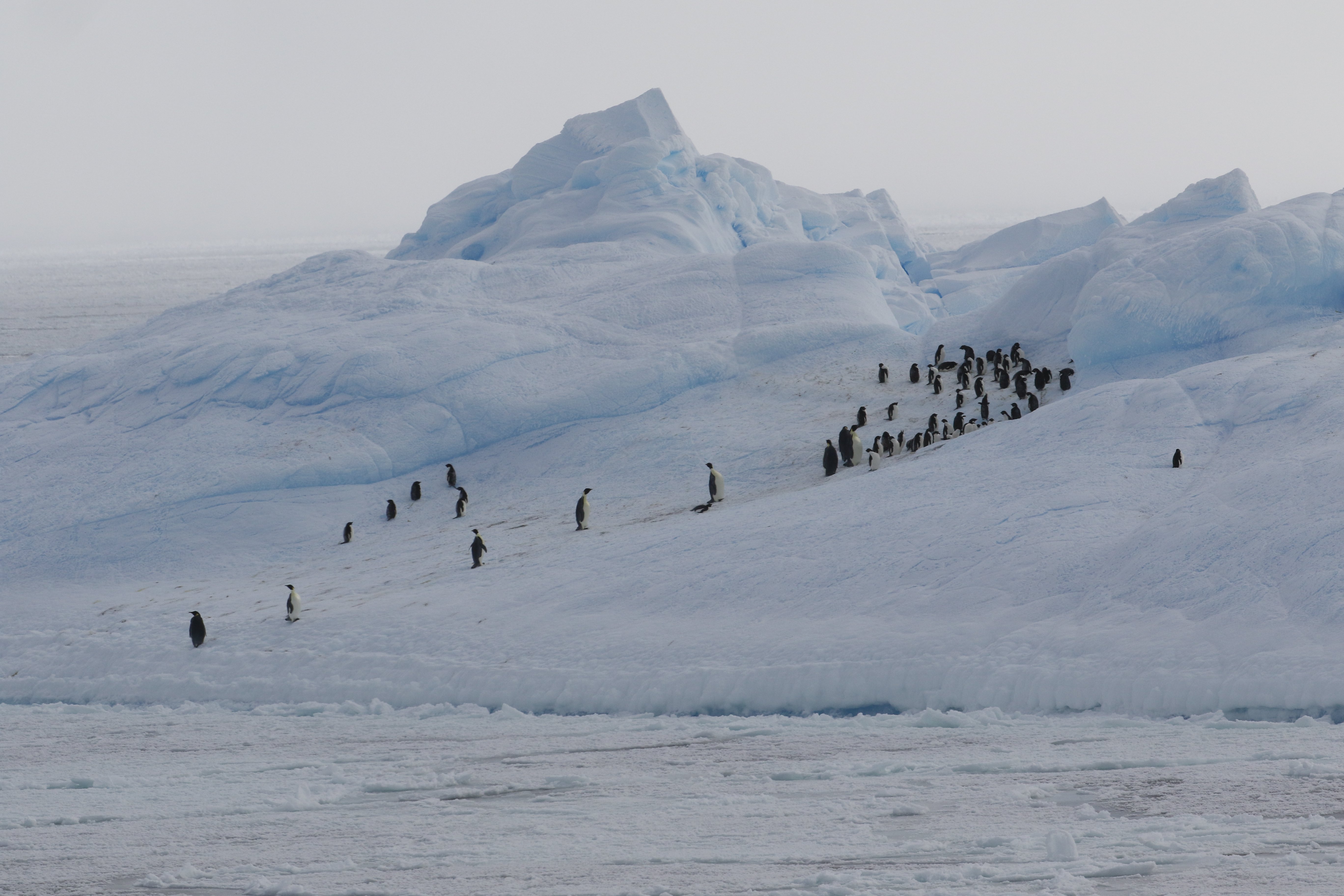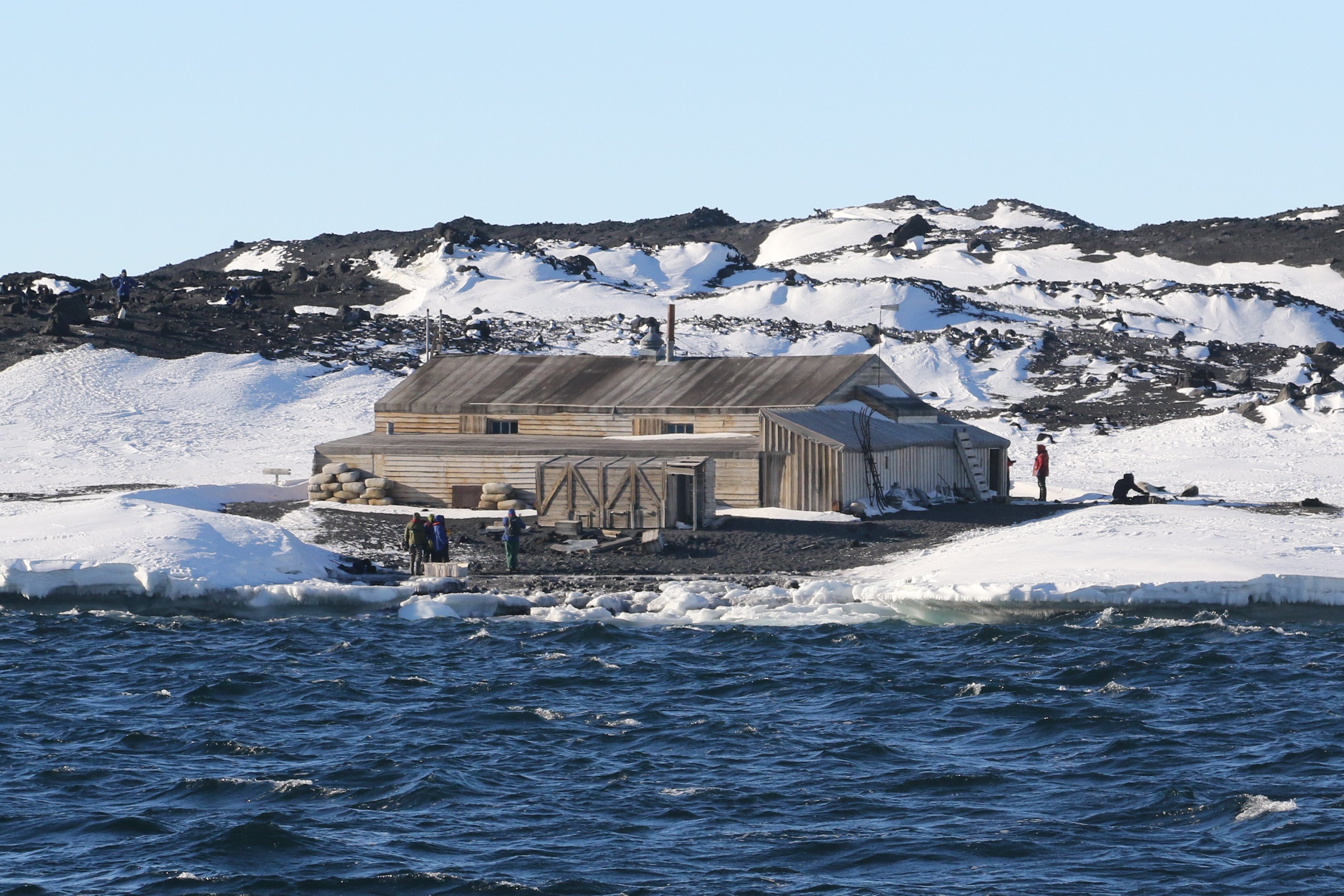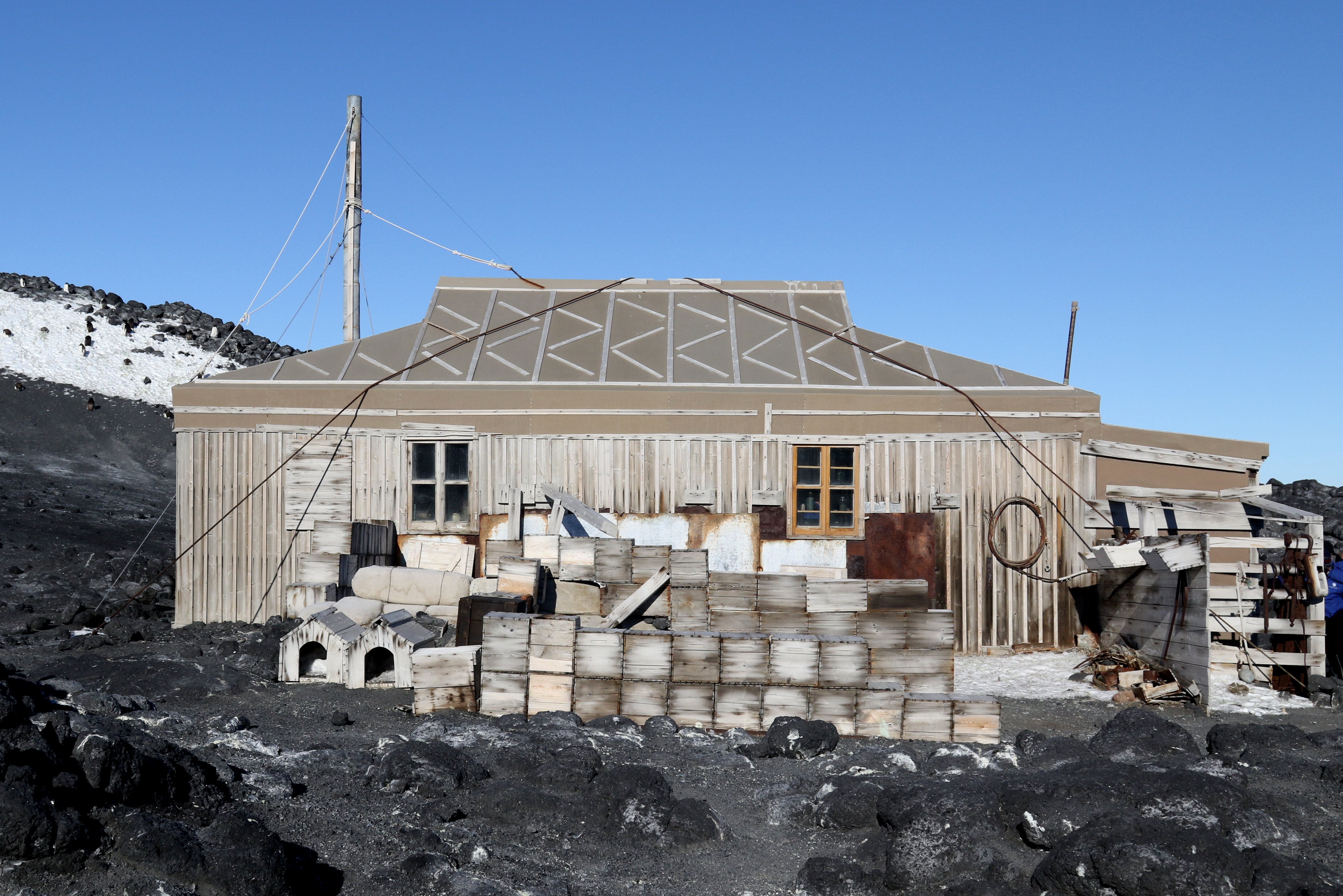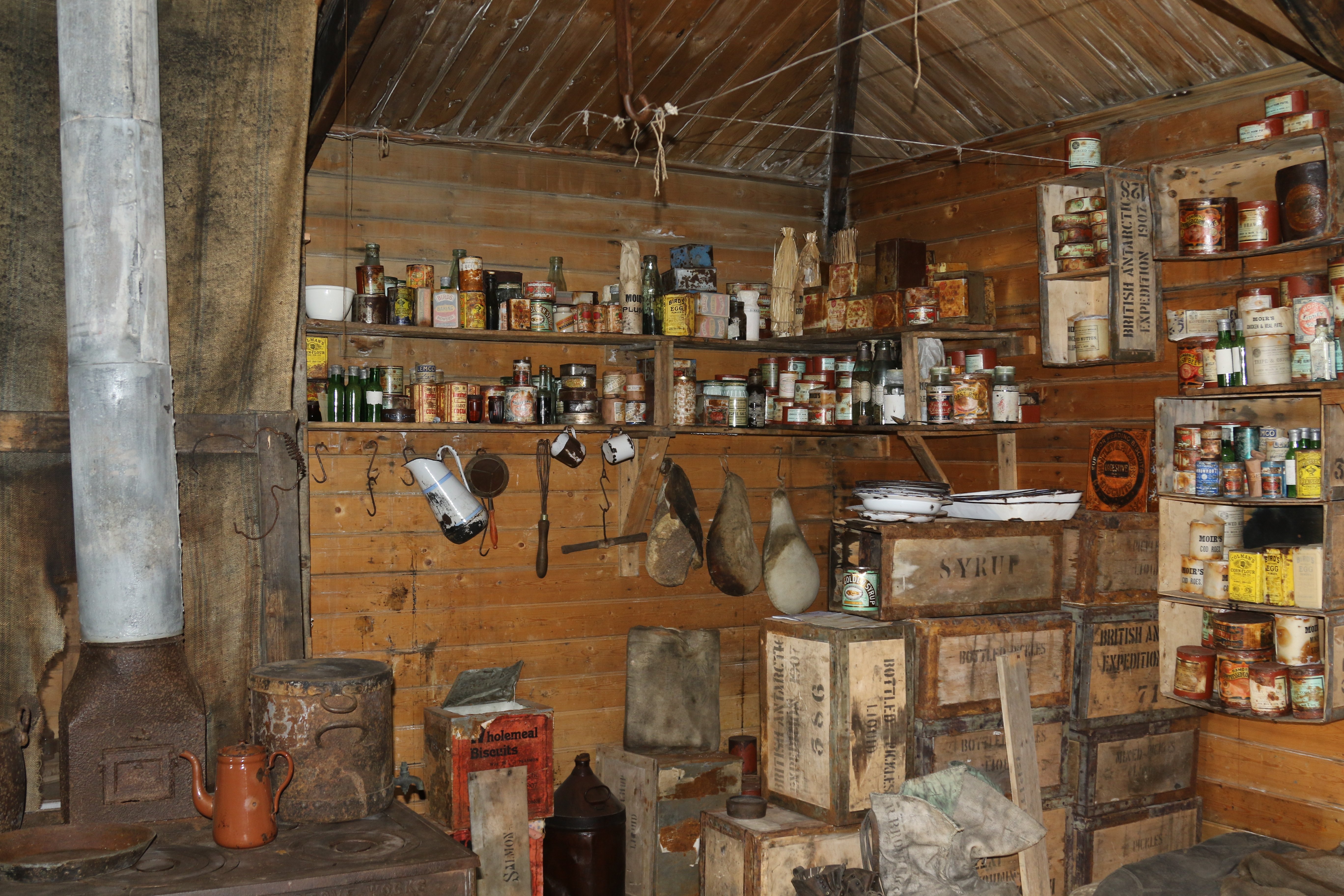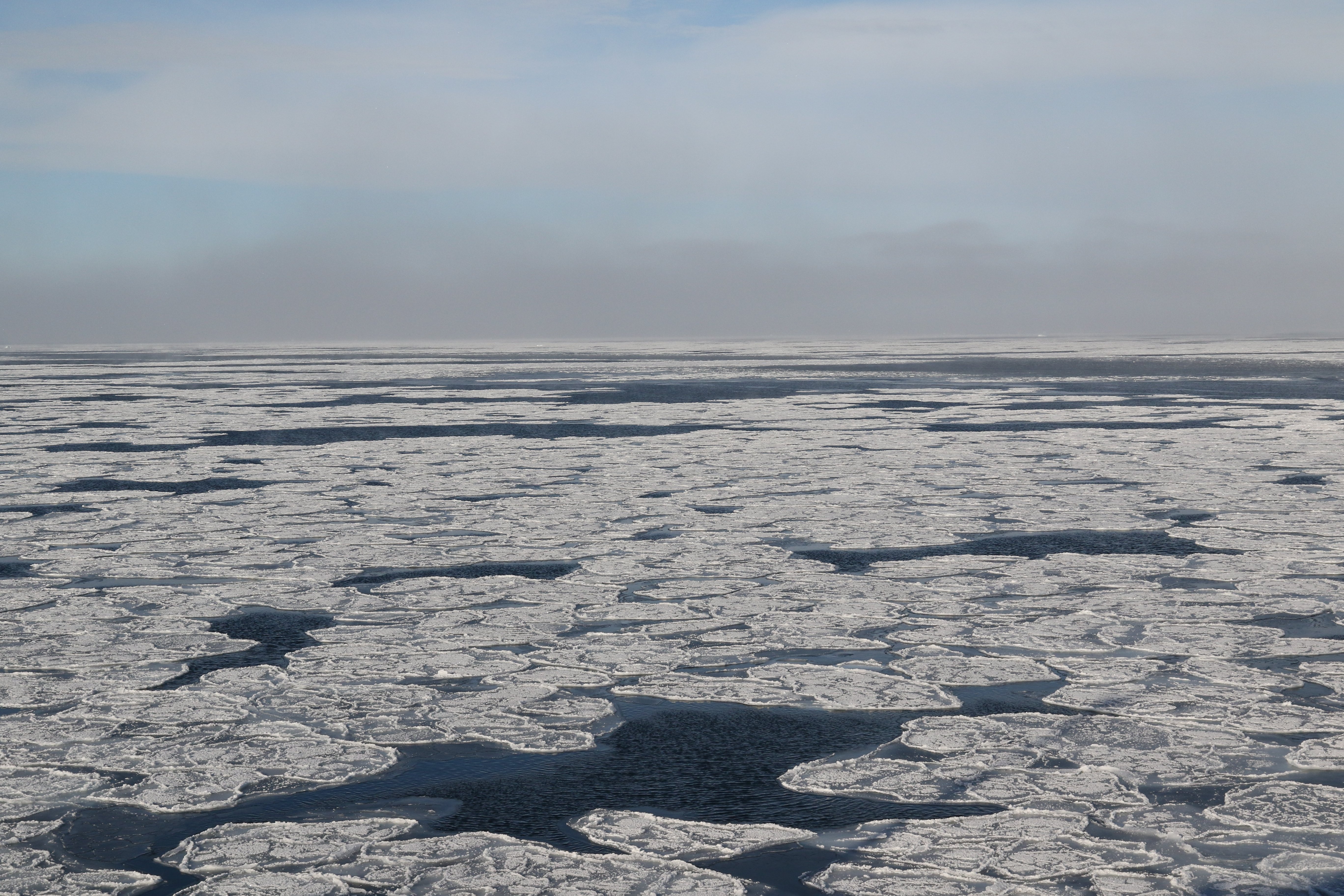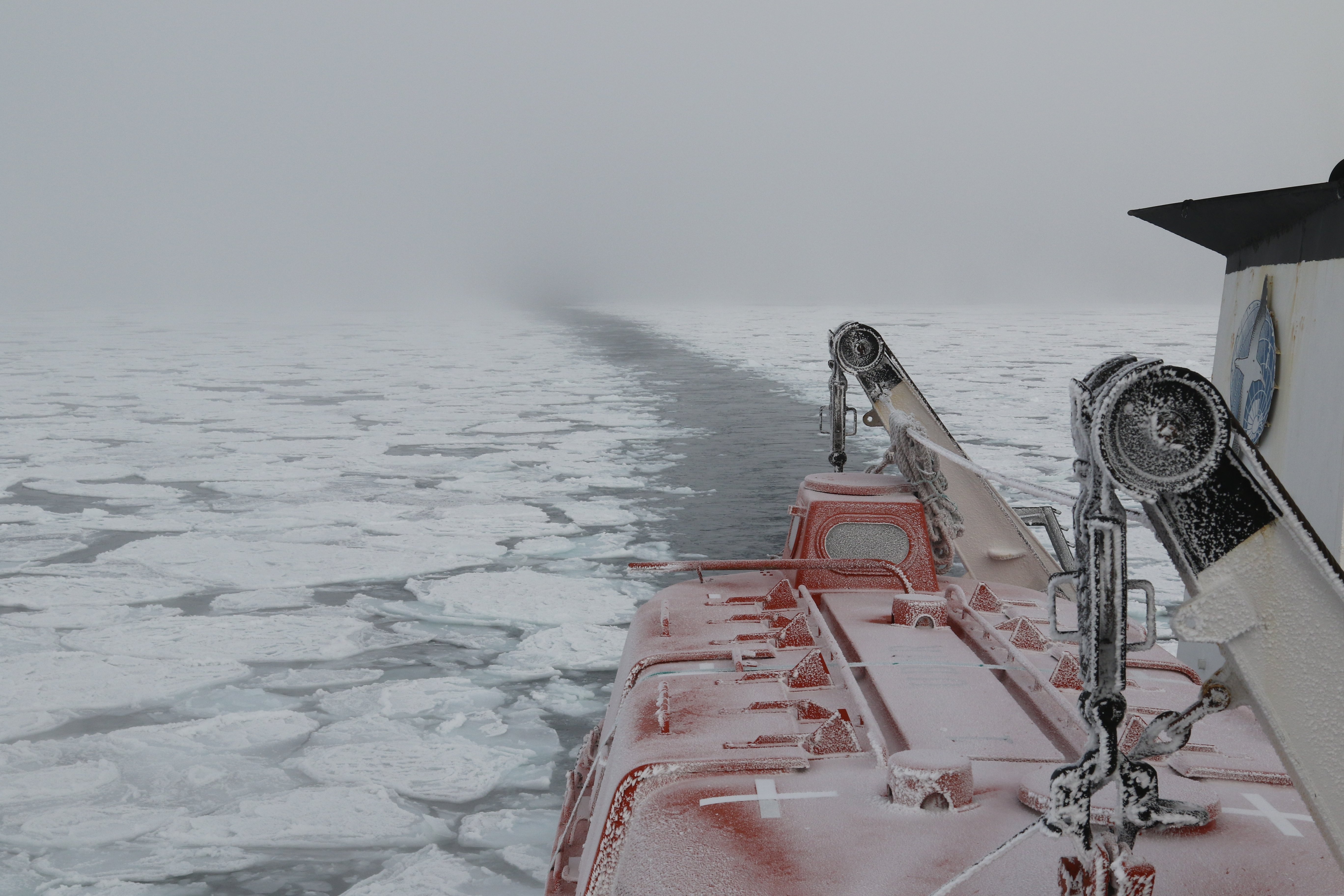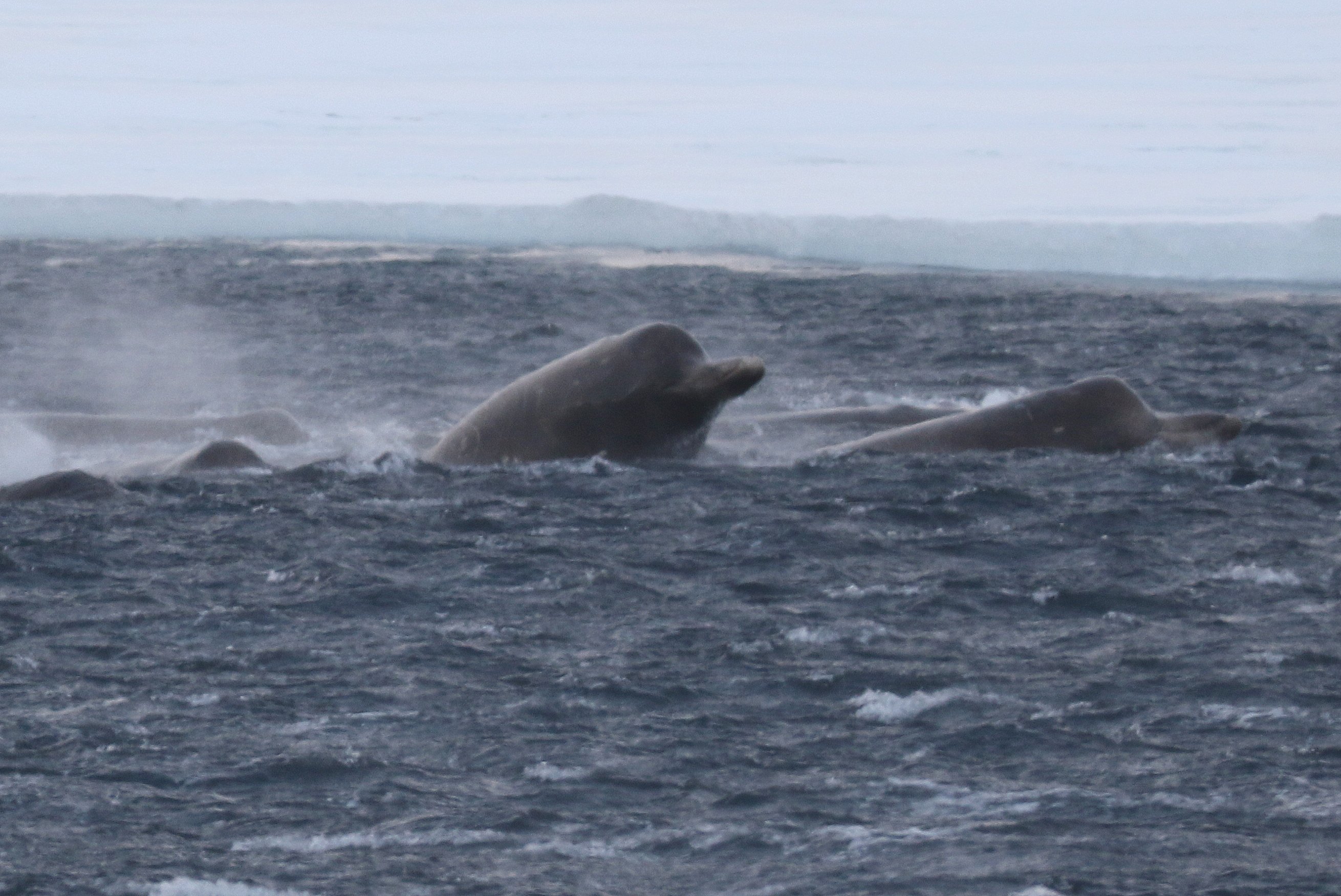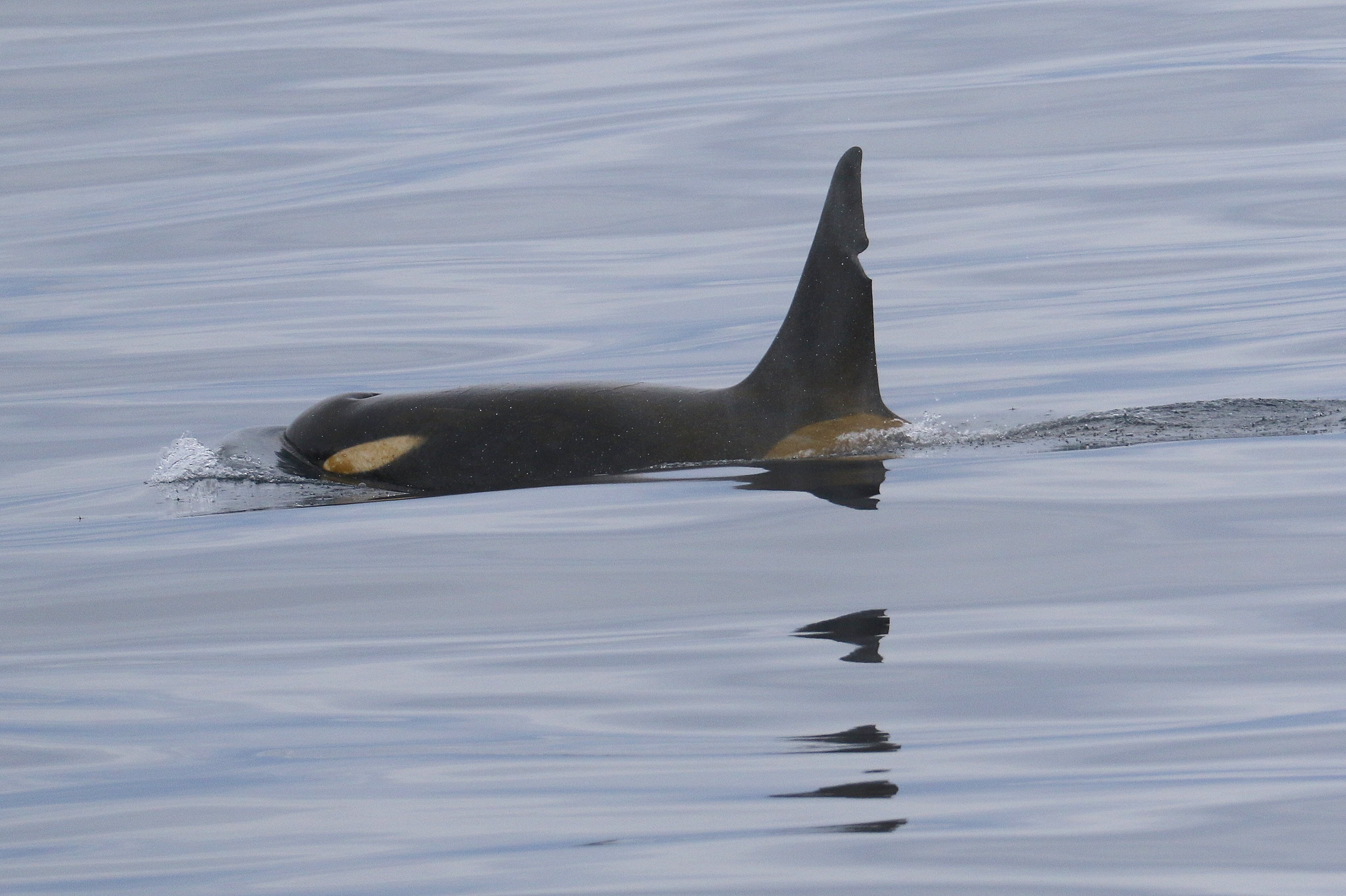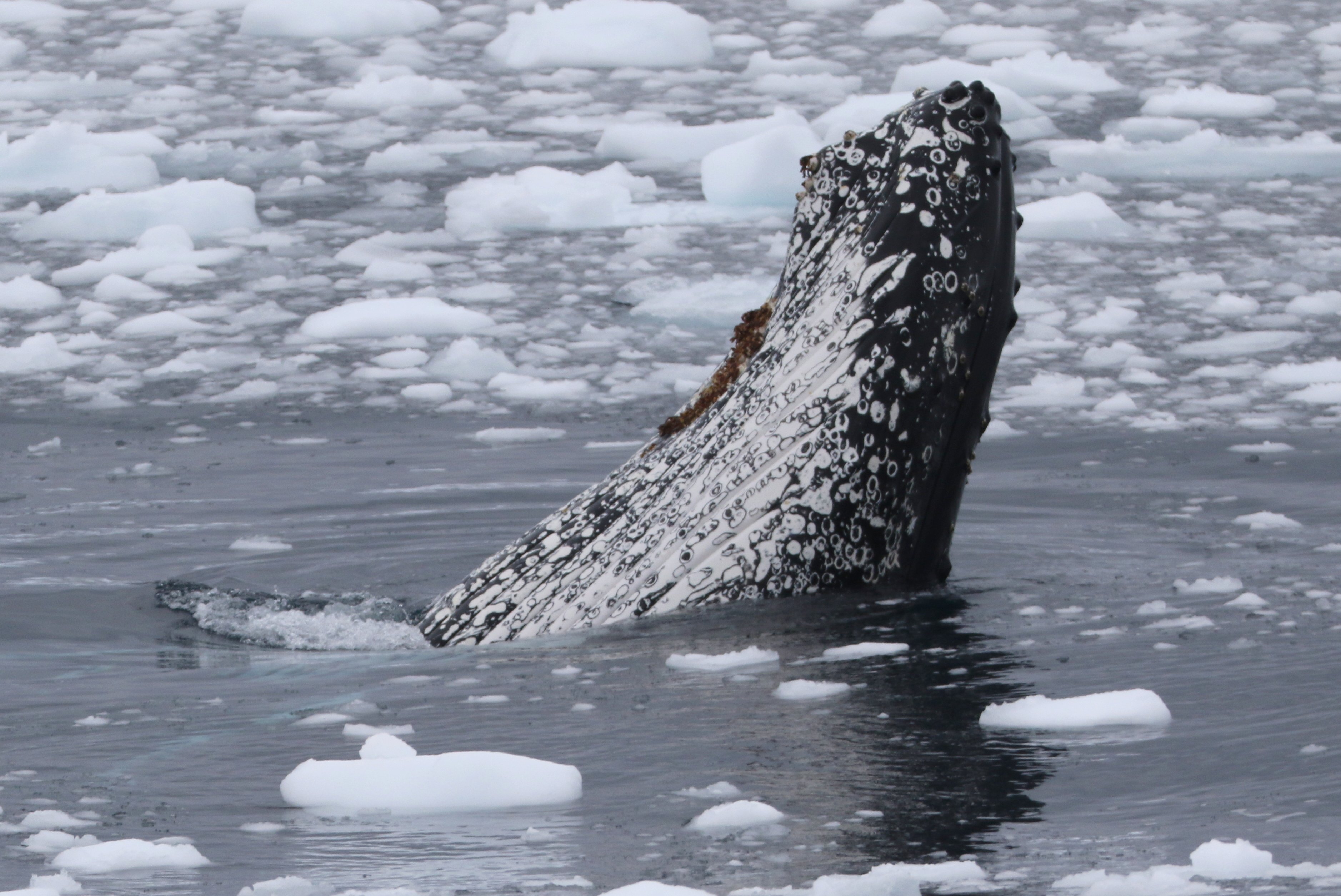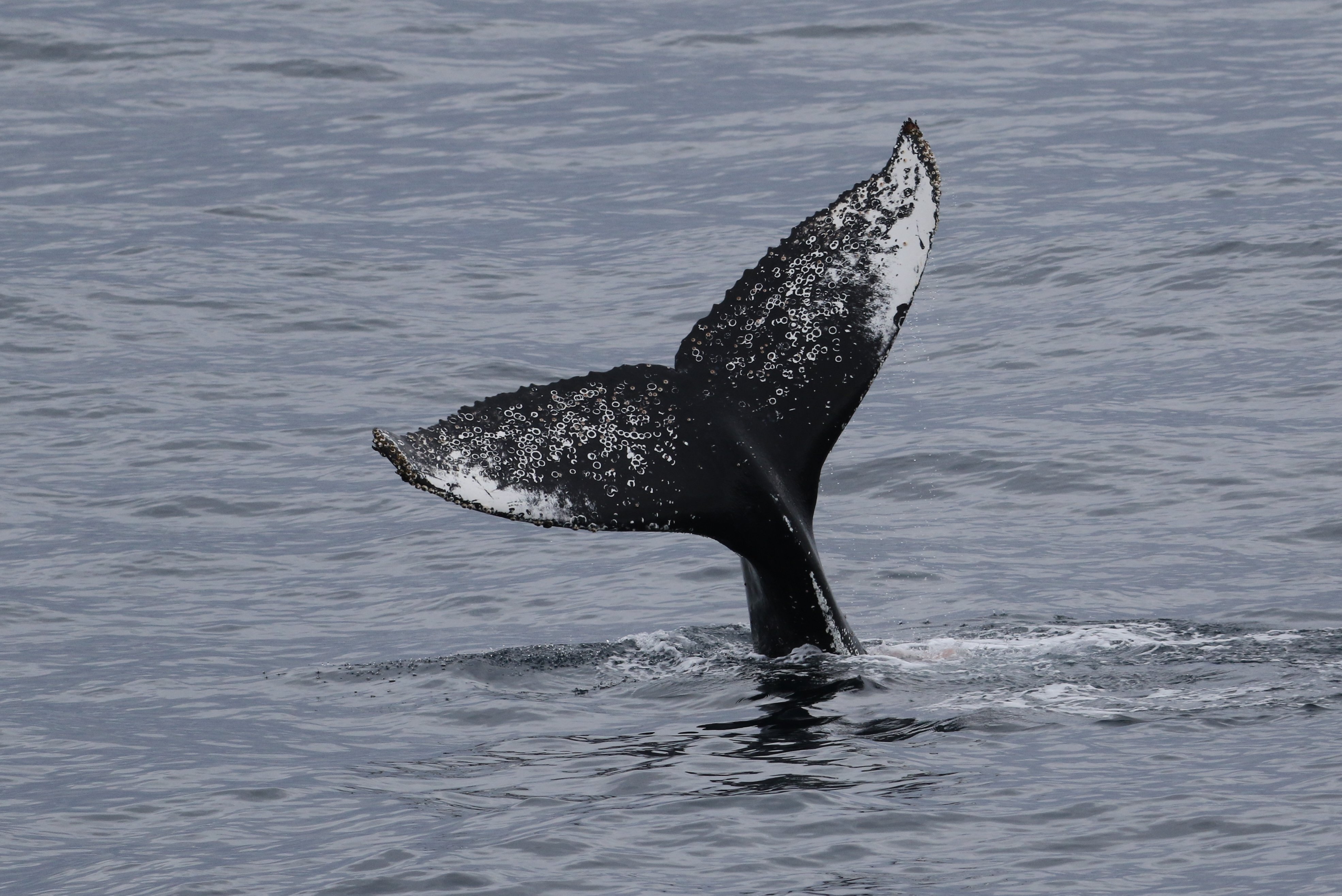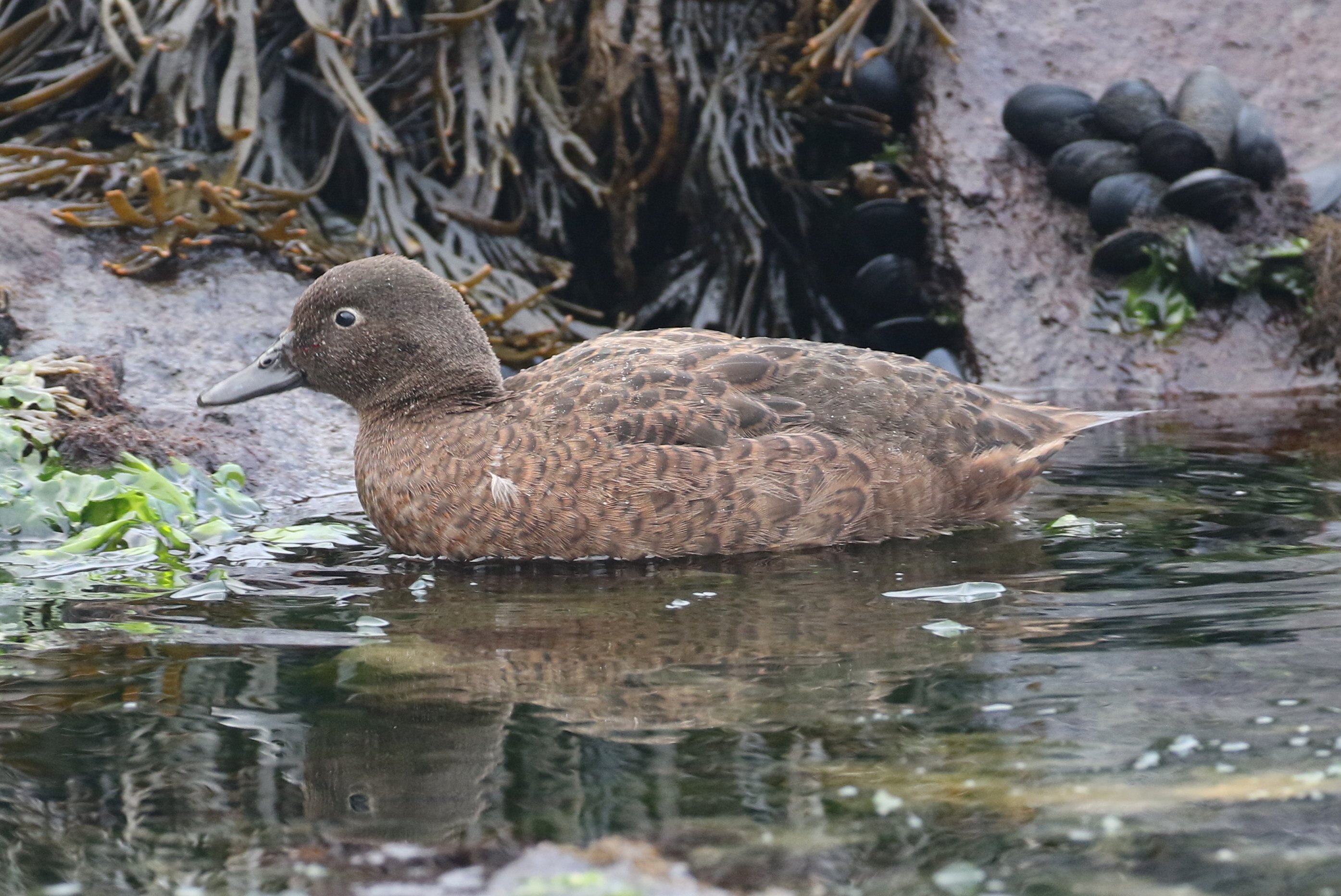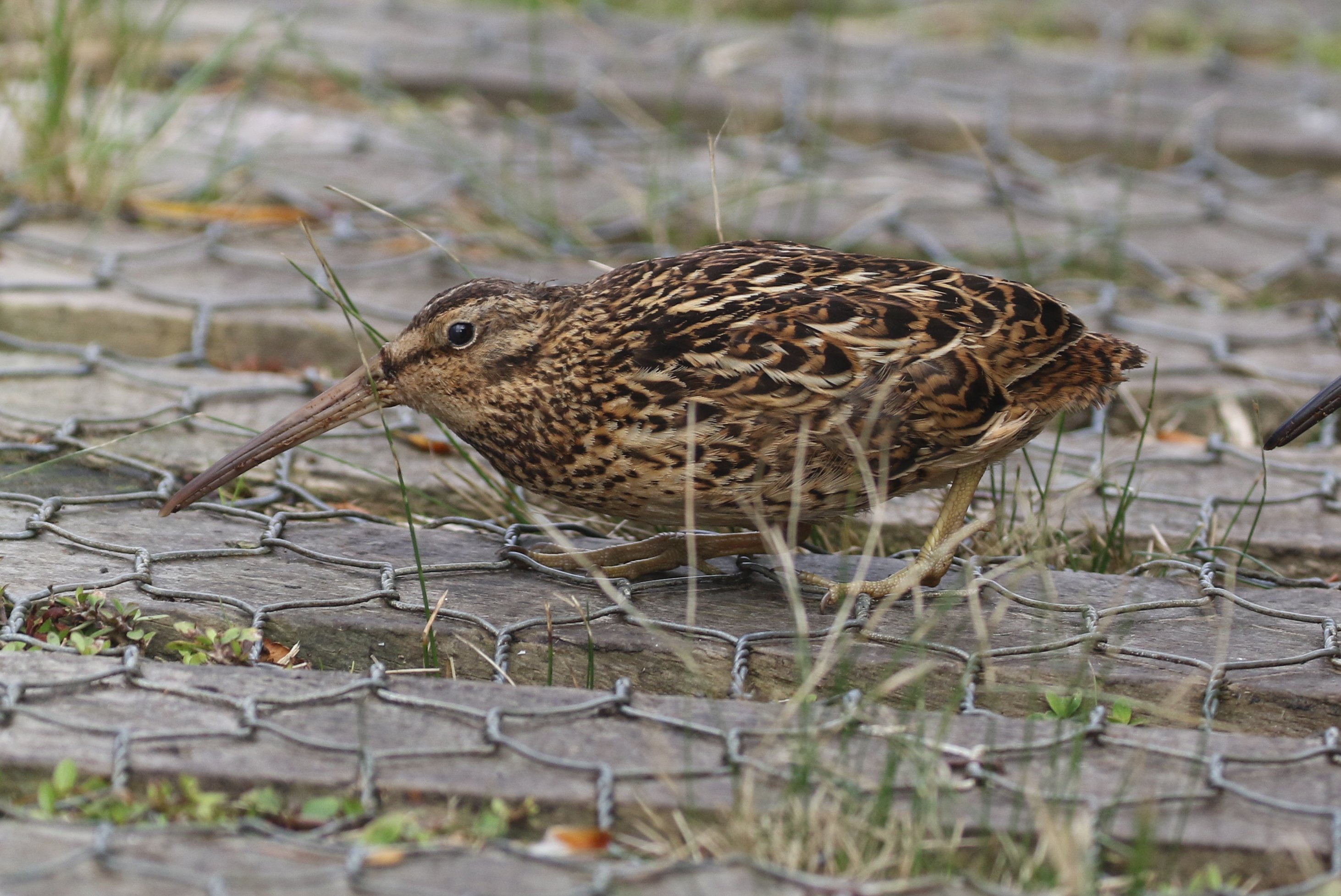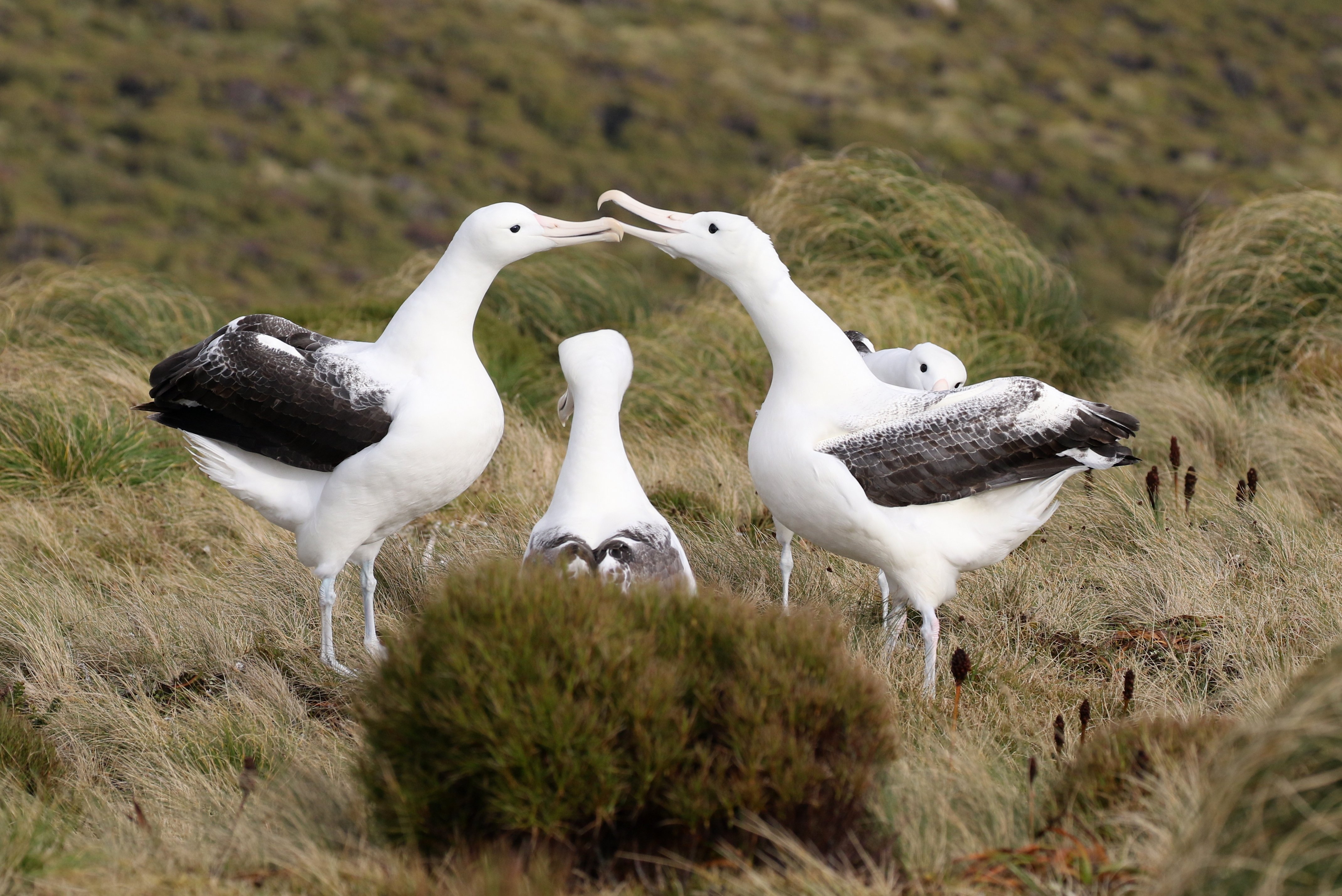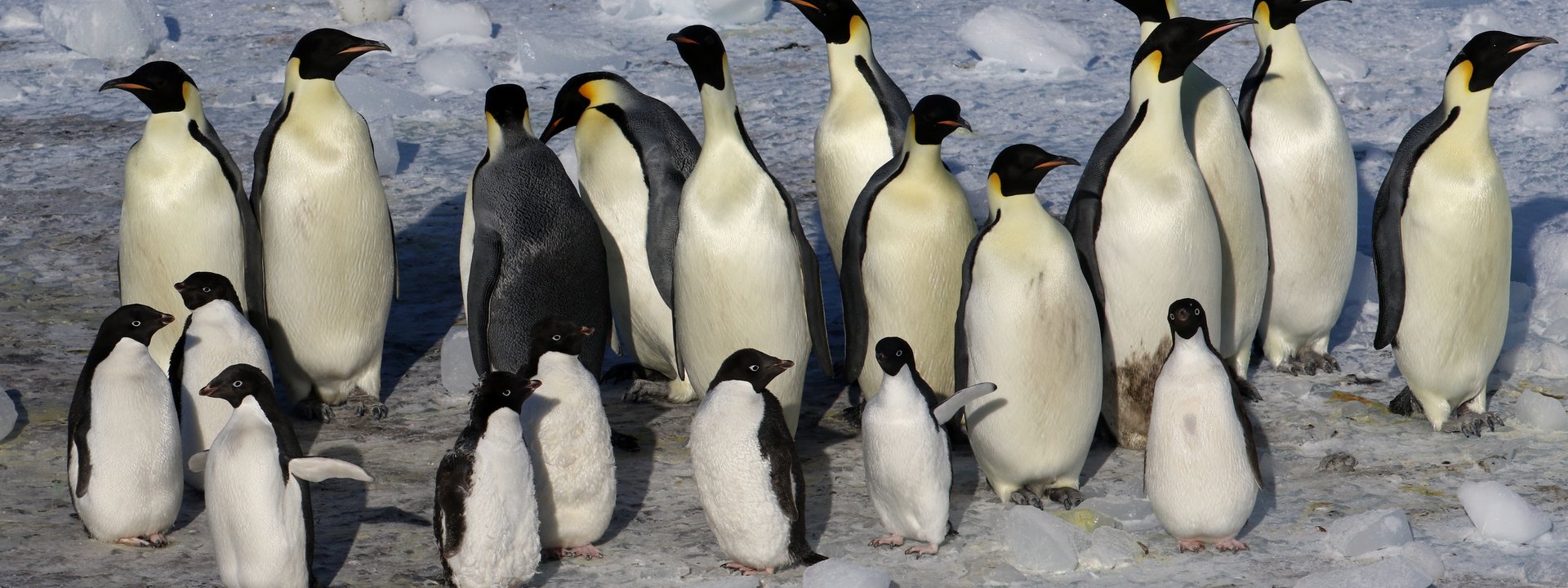Ross Sea
Ross Sea
Emperor Penguins, Historical Huts & Subantarctic Islands
The Ross Sea is one of the remotest places on Earth and with a combination of some fascinating history, magnificent Antarctic landscapes and special wildlife, it is a truly unique place to visit.
With this part of Antarctica frozen up by sea ice for almost 10 months every year, it is only in January and February that it is realistic to visit with only a few hundred tourists per annum getting to experience this magical place.
Whilst the Ross Sea is named after Sir James Clark Ross who first came to this region in 1841, it is probably better known for the exploits of explorers such as Captain Falcon Scott, Roald Amundsen and Ernest Shackleton and what makes expeditions to this region so special is the opportunity to visit some of the huts where these explorers spent time before setting off on their treks into the unknown. Some of these buildings have been preserved like time capsules and with supplies on the shelves, coats hanging by the door and a journal on the table, it is as if Captain Scott or Ernest Shackleton only left a matter of moments ago rather than in the early years of last century.
Sometimes permission can also be obtained to visit the bases of the modern-day explorers and scientists who make their homes down here for months at a time. The Italians, New Zealanders and Americans to name but a few have scientific bases and if conditions allow and permission can be obtained, we may be able to go ashore and meet some of them.
Whilst the human history is an important part of any trip to this region, it is also a phenomenal place to see a very different part of Antarctica for those who may have been to the Antarctic Peninsula. Being well to the south of the Antarctic Circle, the climate is far more extreme and even in February, it is possible to see the sea beginning to freeze over.
On most trips, a visit is likely to be made to the Ross Ice Shelf which stretches for over 300 miles and contains an unbelievable volume of ice and occasionally this may include a visit to the Bay of Whales where our recommended operator, Heritage Expeditions, set a world record a few years ago as the most southerly ship ever crossing 78 44S for the first time.
Landings will also be made at locations which are good for wildlife and one of the special species we can expect to see here is Emperor Penguin. January and February are, of course, outside the breeding season of this incredible bird (with the females laying the single egg just before the onset of winter) but we stand excellent chances of seeing adult birds.
As well as Emperor Penguins, we should also find the much smaller Adelie Penguin and we will also be looking out for the Ross Sea Orca which are distinctly different from other populations and have been proposed as a separate species.
A little to the north of the Ross Sea, we may get an opportunity to cruise close to the rarely visited Balleny Islands where another poorly known species occurs, the Greater Snow Petrel. When flying with their more widespread ‘cousins’, the Lesser Snow Petrel, these birds are obviously different and when they also have a different moult strategy, there are surely good reasons for regarding this as a cryptic species.
During the journey from New Zealand to Antarctica, there will, of course, be fantastic opportunities to see a mouth-watering selection of pelagic seabirds which will include a host of albatrosses, petrels, prions and storm-petrels. A great range of cetaceans are also possible including the spectacular Southern Right Whale Dolphin, as well as several of the beaked whales.
As it heads for Antarctica, the ship makes stops at three special island groups, the Snares, Auckland Islands and Macquarie Island and this gives those keen on wildlife some great opportunities to see species which will not be seen further south. As well as endemic penguins at the Snares and Macquarie, there are also good chances of finding the endangered Yellow-eyed Penguin at the Auckland Islands, whilst our stop at Macquarie should provide us with the chance to enjoy great views of King Penguins.
Whilst heading back to New Zealand, the ship typically stops at Campbell Island where we should see our second species of flightless teal (as there are good chances on Auckland Island for the lookalike species there). By following an amazing four kilometre long boardwalk into the hills, we will also get an opportunity to see nesting Southern Royal Albatrosses and hopefully views of Subantarctic Snipe giving this epic trip, a fantastic finale.
Tour Dates & Prices
Tue 7th January 2025
Mon 3rd February 2025
- Contact Us
Sun 2nd February 2025
Sat 1st March 2025
- Contact Us
Tour Cost: 28 Days from £24250*
* The price quoted above is per person for the most basic cabin. Heritage Adventurer has a number of single cabins and the "single supplement" shown above is the difference between a twin and single cabin on Deck 5. Please click on the 'trip info' tab for prices for all cabins types.
What's Included?
Landing fees, pre/post cruise transfers, one night hotel accommodation in a twin share room (including dinner/breakfast), all on board ship accommodation with meals (with wine, beer or soft drinks with lunch and dinner) and all expedition shore excursions.
Cost Excludes
International and domestic flights, all items of a personal nature including laundry, drinks, gratuities, visas and travel insurance.
Notes
The voyage will be accompanied by a WildWings/Limosa tour leader subject to a minimum number of bookings (please see "group size" above for the number required). If this total is not achieved, there are always expert bird guides employed by Heritage Expeditions aboard the vessel who are there to assist everyone.
The Tour Cost is the amount you will pay WildWings.
For international flight details, we recommend that you contact Sacha Barbato who is a highly experienced independent travel agent working under the ATOL bonding of Travel Counsellors and is essentially our “in house” flight consultant.
Sacha’s contact details are as follows: [email protected] and 01603 360099
Tour Cost: 28 Days from £24250*
* The price quoted above is per person for the most basic cabin. Heritage Adventurer has a number of single cabins and the "single supplement" shown above is the difference between a twin and single cabin on Deck 5. Please click on the 'trip info' tab for prices for all cabins types.
What's Included?
Landing fees, pre/post cruise transfers, one night hotel accommodation in a twin share room (including dinner/breakfast), all on board ship accommodation with meals (with wine, beer or soft drinks with lunch and dinner) and all expedition shore excursions.
Cost Excludes
International and domestic flights, all items of a personal nature including laundry, drinks, gratuities, visas and travel insurance.
Notes
The voyage will be accompanied by a WildWings/Limosa tour leader subject to a minimum number of bookings (please see "group size" above for the number required). If this total is not achieved, there are always expert bird guides employed by Heritage Expeditions aboard the vessel who are there to assist everyone.
The Tour Cost is the amount you will pay WildWings.
For international flight details, we recommend that you contact Sacha Barbato who is a highly experienced independent travel agent working under the ATOL bonding of Travel Counsellors and is essentially our “in house” flight consultant.
Sacha’s contact details are as follows: [email protected] and 01603 360099
Tour Highlights
- explore the rarely visited Ross Sea region - a very different experience to the Antarctic Peninsula
- excellent chance for Emperor Penguin
- possibility to visit some of the amazing 'time capsule' historic huts used, for example, by Captain Scott and Ernest Shackleton when they explored this region over 110 years ago
- explore the subantarctic islands including Snares, Auckland, Macquaire and Campbell
- expect to see the endemic Snares Penguin and Royal Penguin, as well as King Penguin, Yellow-eyed Penguin, Eastern Rockhopper Penguin and Adelie Penguin
- opportunities to see Auckland and Campbell Flightless Teal, Subantarctic Snipe and three species of endemic cormorants
- during the days at sea, look for an amazing range of seabirds including Wandering, Southern Royal, Light-mantled Sooty and Campbell Albatrosses, Greater Snow Petrel, Antarctic Petrel, White-headed Petrel and Grey-backed Storm-Petrel
- great chances for a range of cetaceans including Southern Right Whale Dolphin, Dusky Dolphin, Humpback Whale and Antarctic Minke Whale
Outline Itinerary
Meet up at group hotel in Queenstown, New Zealand
Transfer to Bluff and embark Heritage Adventurer
The Snares
Auckland Islands - Enderby Island
At sea
Macquarie Island
At sea
Exploring Ross Sea
At sea
Campbell Island
At sea
Disembark Heritage Adventurer in Bluff
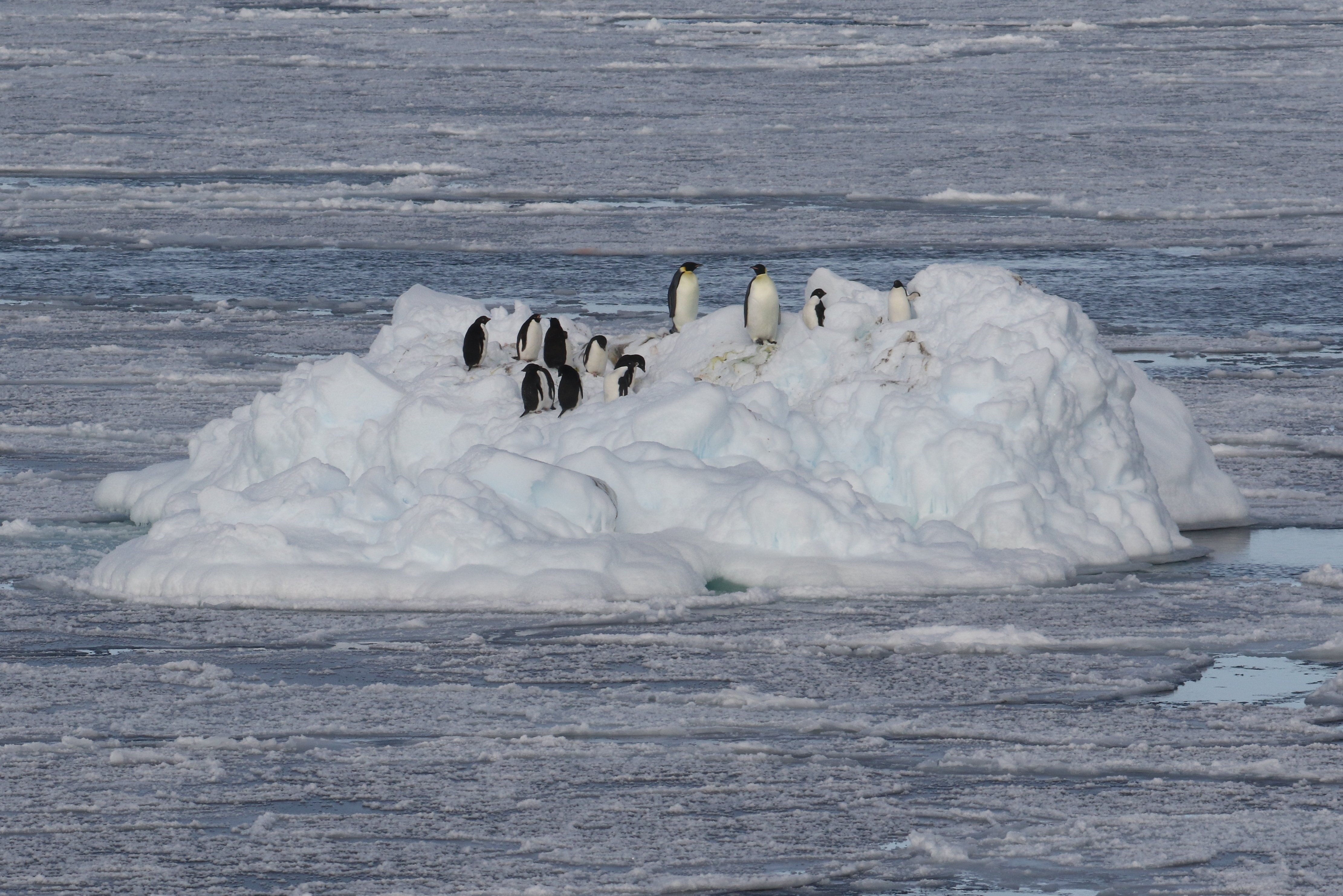
The Ross Sea is one of the remotest places on Earth and with a combination of some fascinating history, magnificent Antarctic landscapes and special wildlife, it is a truly unique place to visit.
With this part of Antarctica frozen up by sea ice for almost 10 months every year, it is only in January and February that it is realistic to visit with only a few hundred tourists per annum getting to experience this magical place.
Whilst the Ross Sea is named after Sir James Clark Ross who first came to this region in 1841, it is probably better known for the exploits of explorers such as Captain Falcon Scott, Roald Amundsen and Ernest Shackleton and what makes expeditions to this region so special is the opportunity to visit some of the huts where these explorers spent time before setting off on their treks into the unknown. Some of these buildings have been preserved like time capsules and with supplies on the shelves, coats hanging by the door and a journal on the table, it is as if Captain Scott or Ernest Shackleton only left a matter of moments ago rather than in the early years of last century.
Sometimes permission can also be obtained to visit the bases of the modern-day explorers and scientists who make their homes down here for months at a time. The Italians, New Zealanders and Americans to name but a few have scientific bases and if conditions allow and permission can be obtained, we may be able to go ashore and meet some of them.
Whilst the human history is an important part of any trip to this region, it is also a phenomenal place to see a very different part of Antarctica for those who may have been to the Antarctic Peninsula. Being well to the south of the Antarctic Circle, the climate is far more extreme and even in February, it is possible to see the sea beginning to freeze over.
On most trips, a visit is likely to be made to the Ross Ice Shelf which stretches for over 300 miles and contains an unbelievable volume of ice and occasionally this may include a visit to the Bay of Whales where our recommended operator, Heritage Expeditions, set a world record a few years ago as the most southerly ship ever crossing 78 44S for the first time.
Landings will also be made at locations which are good for wildlife and one of the special species we can expect to see here is Emperor Penguin. January and February are, of course, outside the breeding season of this incredible bird (with the females laying the single egg just before the onset of winter) but we stand excellent chances of seeing adult birds.
As well as Emperor Penguins, we should also find the much smaller Adelie Penguin and we will also be looking out for the Ross Sea Orca which are distinctly different from other populations and have been proposed as a separate species.
A little to the north of the Ross Sea, we may get an opportunity to cruise close to the rarely visited Balleny Islands where another poorly known species occurs, the Greater Snow Petrel. When flying with their more widespread ‘cousins’, the Lesser Snow Petrel, these birds are obviously different and when they also have a different moult strategy, there are surely good reasons for regarding this as a cryptic species.
During the journey from New Zealand to Antarctica, there will, of course, be fantastic opportunities to see a mouth-watering selection of pelagic seabirds which will include a host of albatrosses, petrels, prions and storm-petrels. A great range of cetaceans are also possible including the spectacular Southern Right Whale Dolphin, as well as several of the beaked whales.
As it heads for Antarctica, the ship makes stops at three special island groups, the Snares, Auckland Islands and Macquarie Island and this gives those keen on wildlife some great opportunities to see species which will not be seen further south. As well as endemic penguins at the Snares and Macquarie, there are also good chances of finding the endangered Yellow-eyed Penguin at the Auckland Islands, whilst our stop at Macquarie should provide us with the chance to enjoy great views of King Penguins.
Whilst heading back to New Zealand, the ship typically stops at Campbell Island where we should see our second species of flightless teal (as there are good chances on Auckland Island for the lookalike species there). By following an amazing four kilometre long boardwalk into the hills, we will also get an opportunity to see nesting Southern Royal Albatrosses and hopefully views of Subantarctic Snipe giving this epic trip, a fantastic finale.
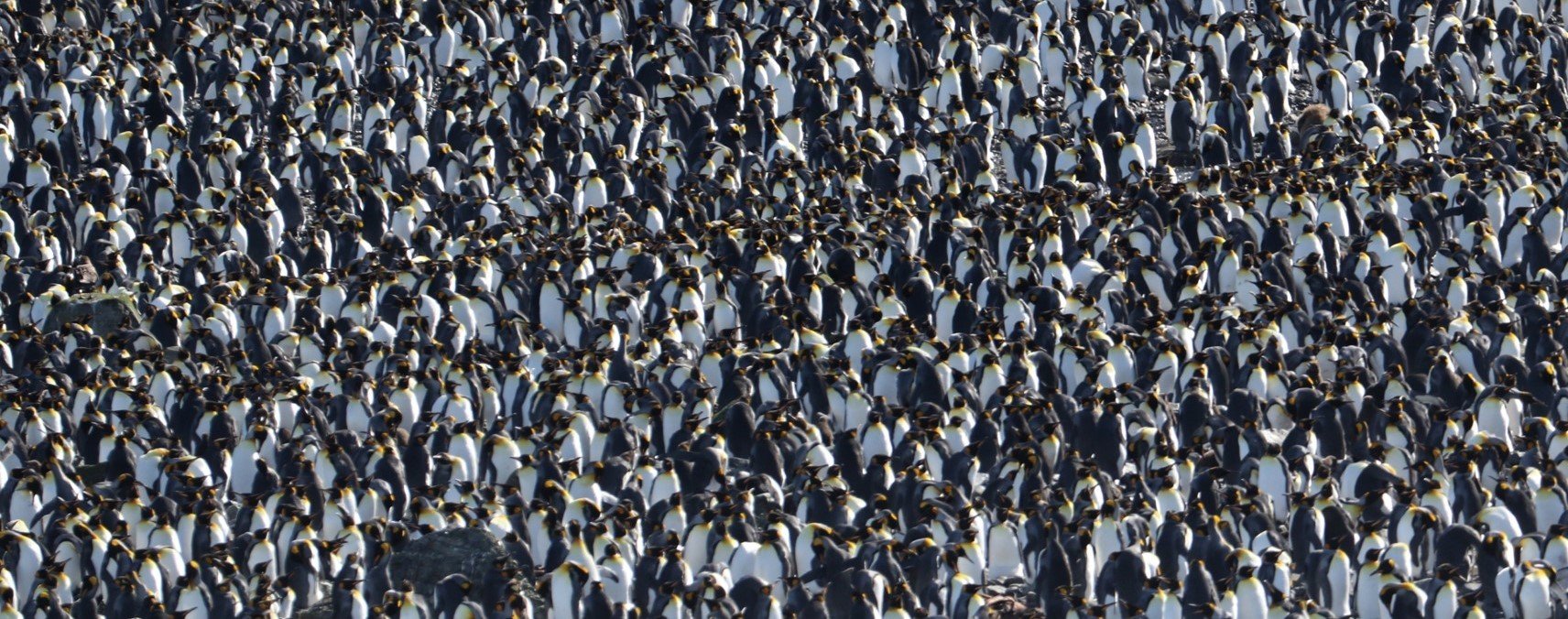
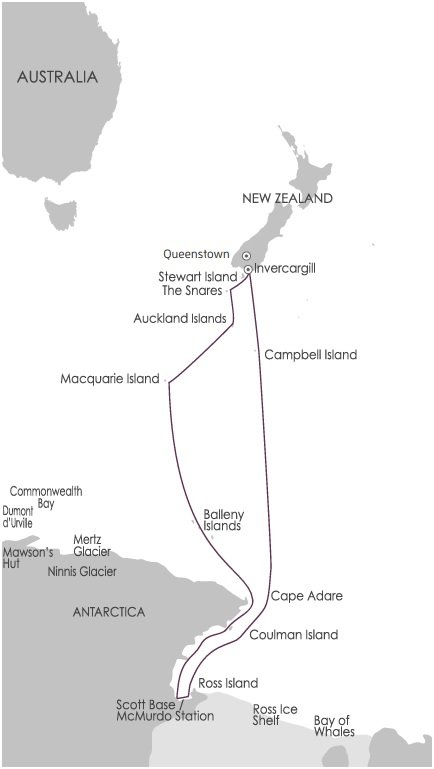
Day 1: Queenstown
Arrive in Queenstown, New Zealand and overnight in a downtown hotel.
Day 2: Bluff and board ship
Transfer to the small town of Bluff where we will board the Heritage Adventurer. As soon as the ship leaves the shelter of the wharf, there will be opportunities to find our first seabirds including the highly localised Foveaux Shag.
Day 3: The Snares
The Snares is the first of the Subantarctic islands on our itinerary and although only three miles long, this is an amazing place with more nesting seabirds than around the entire British coastline! We should arrive in the early morning and, if conditions are suitable, will zodiac cruise the sheltered bays on the eastern side, where we hope to find the endemic Snares Penguin, Tomtit and Fernbird. The endemic snipe is only rarely seen but we should get good views of the other specialities.
As we depart, there are likely to be Snares Penguins around the ship and as we get further out to sea, there will be a range of albatrosses which could include Campbell, White-capped and Salvin’s.
Day 4: Auckland Islands - Enderby Island
We plan to land at the appropriately named Sandy Bay on Enderby Island which is a four kilometre long island off the northeast of the main Auckland Island. The beach is a breeding ground for Hooker’s Sea-lions and there are likely to be plenty of animals ashore and in the shallows with endemic Auckland Islands Shags watching us from the top of the cliffs.
There are usually a couple of options offered with a longer, more energetic, walk for those who are looking to see more of the island, whereas many of the birders tend to stay local and focus on finding the specialities in the environs of Sandy Bay.
There is plenty of amazing wildlife and we can follow a boardwalk which transects the island where there are excellent chances of finding displaying Southern Royal Albatrosses which nest here and are sometimes only a matter of metres from the path. This is also our first opportunity to find the elusive Subantarctic Snipe and in the small pools not far from our landing site, we should be able to find the Auckland Island Flightless Teal and watch Yellow-eyed Penguins as they transit between their breeding burrows and the beach.
Day 5: At sea
Although we will be at sea all day, this will be a fantastic opportunity to see many pelagic seabirds which could include an amazing selection of albatrosses with Snowy, Gibson’s and Antipodean Wandering, as well as White-capped, Light-mantled Sooty, Grey-headed, Black-browed and Campbell all possible.
We should also see White-chinned, Mottled, White-headed and Cape Petrels, Grey-backed and Black-bellied Storm Petrels, as well as prions and diving-petrels.
Days 6-7: Macquarie Island
We have two days scheduled at Macquarie Island which is the only place in the world where the endemic Royal Penguin breeds and if conditions are suitable, we will land at a beach adjacent to a large colony. King Penguins are also found here in big numbers and we should also find Gentoo and Eastern Rockhopper Penguins as well as the endemic Macquarie Shag.
We are likely to find Southern Elephant Seals on the beaches and whilst the duelling males will have largely finished their battles to control the beaches and harems, there are likely to be still some around.
Day 8-10: At sea
As we continue southwards, there will be lectures from the expedition staff about the Ross Sea and outside there should still be plenty of seabirds. As we pass the Antarctic Circle and the Balleny Islands, one special bird to be looking for is the Greater Snow Petrel which is known to breed on these remote and rarely visited islands. When flying with the more numerous Lesser Snow Petrels, the difference in structure is striking and with a different moult strategy too, there would seem to be good arguments for regarding this as a cryptic species.
Days 11-22: Exploring Ross Sea
With the weather and ice conditions being totally unpredictable, the itinerary will be flexible but the expedition team will do their best to maximise on what can be achieved. There are numerous potential options in this part of Antarctica and it is likely that activities will be a combination of wildlife watching, enjoying the sheer majesty of Antarctic and visits to historic sites and hopefully at least one scientific base.
Amongst the historic huts we will hope to visit are those of Captain Scott and Ernest Shackleton, both of which are very well preserved and really help to make the history come alive. Another hut we may visit is that of Carsten Borchgrevink which is the oldest in Antarctica and dates from an overwintering expedition in 1899.
For those keen on wildlife, the Ross Sea is one of the best places to look for Emperor Penguins. We can expect to see good numbers of this largest of the penguins and there are also excellent chances of seeing Adelie Penguins. Hopefully, there will also be opportunities to find the highly distinctive form of Orca (Killer Whale) which is only regularly seen in the Ross Sea.
Crabeater, Weddell and Leopard Seal are all present and the rarely seen Ross Seal is also occasionally found.
If conditions are suitable, we will also hopefully be able to visit the Ross Ice Shelf which runs for over 300 miles and is the largest floating body of ice in the world. At the eastern end of this is the Bay of Whales and it was here that a few years ago Heritage Expeditions’ other ship, Spirit of Enderby, became the first ship to ever cross the 78 44S parallel.
After what should be an extremely memorable experience in the Ross Sea, we will need to begin our journey back north.
Days 23-25: At sea
An opportunity to relax, listen to lectures or look for wildlife from the Bridge or outer decks. Possible new cetaceans for the trip could include Strap-toothed and Arnoux’s Beaked Whales, as well as Hourglass and Southern Right Whale Dolphins. There are also plenty of seabird possibilities and new species could include Grey Petrel and Chatham Albatross.
Day 26: Campbell Island
The ship will anchor in an extremely protected natural harbour (Perseverance Harbour) so, irrespective of the sea conditions, we should be able to get ashore and enjoy the spectacular wildlife and scenery of this remote island.
Close to our landing site, we are likely to find the endemic Campbell Island Flightless Teal and Campbell Island Shag and will then have the opportunity to follow a four kilometre long boardwalk which crosses the island. There are chances for Subantarctic Snipe and New Zealand Pipit as the path gradually climbs into the rugged hills and once we emerge above the treeline, we can expect to find nesting Southern Royal Albatrosses amongst a great array of colourful ‘mega herbs’.
Day 27: At sea
This will be our final full day on the ship with opportunities to potentially find some of the seabirds and cetaceans usually associated with the more temperate seas around New Zealand. There will be a final recap of the expedition and a farewell dinner in the evening.
Day 28: Disembark in Bluff
You will disembark in the Port of Bluff with a transfer offered to the airports at both Invercargill and Queenstown.
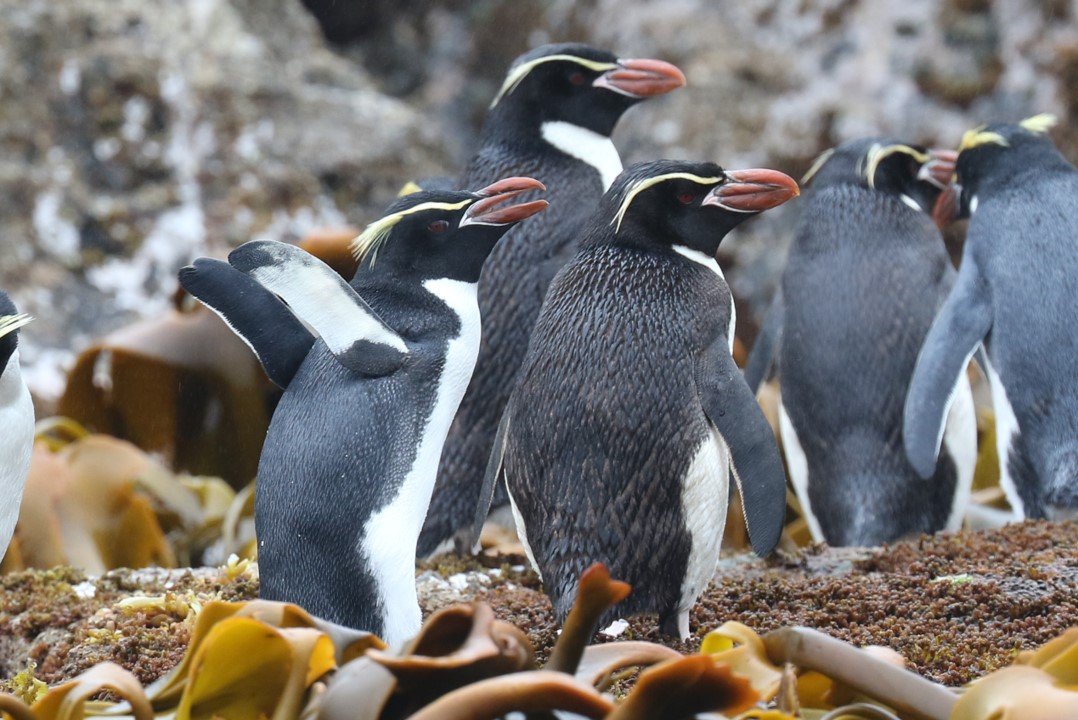
THE SHIP
Heritage Expeditions have been running trips to these islands for over 25 years. For most of this period, these expeditions have operated on converted Russian research vessels, in particular the Spirit of Enderby (or to call it by it it's Russian name Professor Khromov), however, as from mid-2022 Heritage Expeditions will instead be operating Heritage Adventurer. This purpose built expedition ship (which was previously known as Hanseatic and Resolute) combines the highest passenger ship ice-class rating (1A Super) with extremely comfortable cabins and passenger facilities.
Originally designed to accommodate 184 guests, Heritage Adventurer will carrry a maximum of 140 expeditioners ensuring spacious, stylish and comfortable voyages. There will be a fleet of 14 zodiacs to ensure all guests are able to maximise on their expedition adventure.
CABINS OPTIONS AND PRICES
Main Deck Triple - 2025: £24,250
Main Deck Triple Cabins on Deck 3 are a spacious 22m2 and feature two porthole windows, two single beds and one Pullman bed which folds down from the wall, comfortable lounge, writing desk, private en-suite with shower, ample storage and a flat screen entertainment system.
Superior Triple - 2025: £24,995
Superior Triple Cabins on Deck 5 are a spacious 22m2 and feature large panoramic windows, two single beds and one Pullman bed which folds down from the wall, comfortable lounge, writing desk, private en-suite with shower, ample storage and a flat screen entertainment system.
Deck 4 Superior - 2025: £26,750
Superior Cabins on Deck 4 are a spacious 22m2 and feature large panoramic windows, king or two single beds, comfortable lounge, writing desk, private en-suite with shower, ample storage and a flat screen entertainment system.
Deck 5 Superior - 2025: £27,500
Superior Cabins on Deck 5 are a spacious 22m2 and feature large panoramic windows, king or two single beds, comfortable lounge, writing desk, private en-suite with shower, ample storage and a flat screen entertainment system.
Main Deck Single - 2025: £32,845
Main Deck Single Cabins on Deck 3 are a spacious 22m2 and feature two porthole windows, king bed, comfortable lounge, writing desk, private en-suite with shower, ample storage and a flat screen entertainment system.
Worsley Suite - 2024: £28,900 2025: £33,250
Located on Deck 6, Worsley Suites are a spacious 22m2 and feature large panoramic windows, king or two single beds, comfortable chaise-style lounge suite, writing desk, private en-suite with shower, ample storage and a flat screen entertainment system.
Superior Single - 2025: £33,850
Superior Single Cabins on Deck 5 are a spacious 22m2 and feature large panoramic windows, king bed, comfortable lounge, writing desk, private en-suite with shower, ample storage and a flat screen entertainment system.
Heritage Suite - 2025: £48,000
Located on Deck 6, Heritage Suites are an expansive 44m2 and feature large double panoramic windows, king bed, large living area with a sofa, coffee table and chairs and grand marble bathroom with a double basin, bathtub and shower, large writing desk, floor to ceiling cabinetry for storage and a flat screen entertainment system.
Please note: the above prices are per person and include landing fees, one night's hotel accommodation in a twin share room (including dinner and breakfast), all on board accommodation with meals, house beer, wine and soft drinks with lunch and dinner and all shore excursions and activities. The price excludes all items of a personal nature such as laundry, other drinks, gratuities, flights, visas and insurance.
Tour Gallery
View a gallery of images for this tour below, click on an image to view as full size with caption
